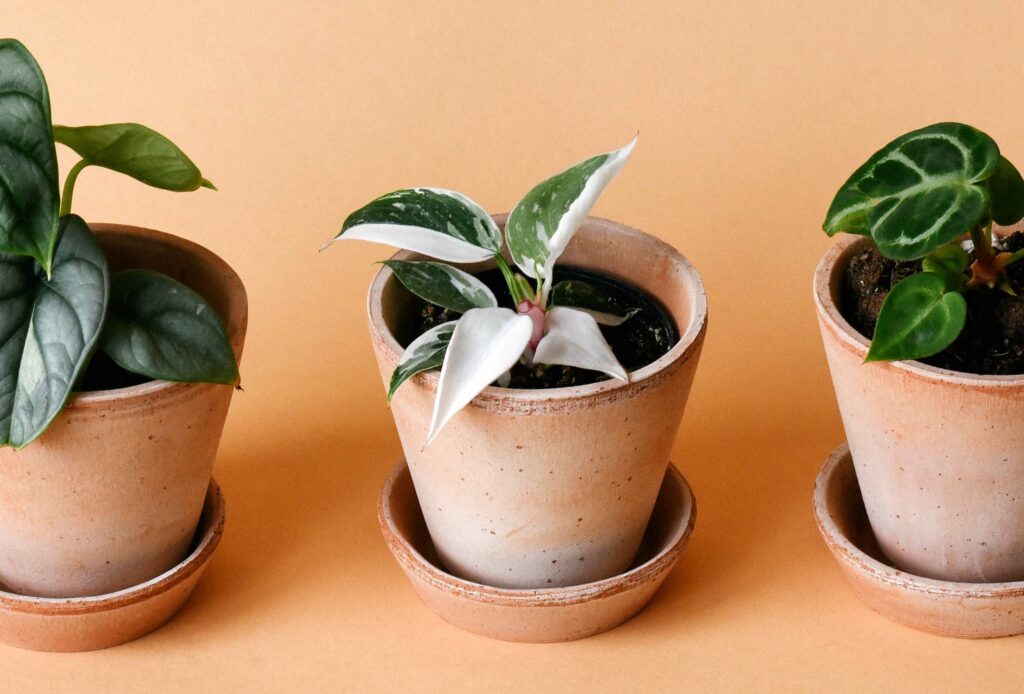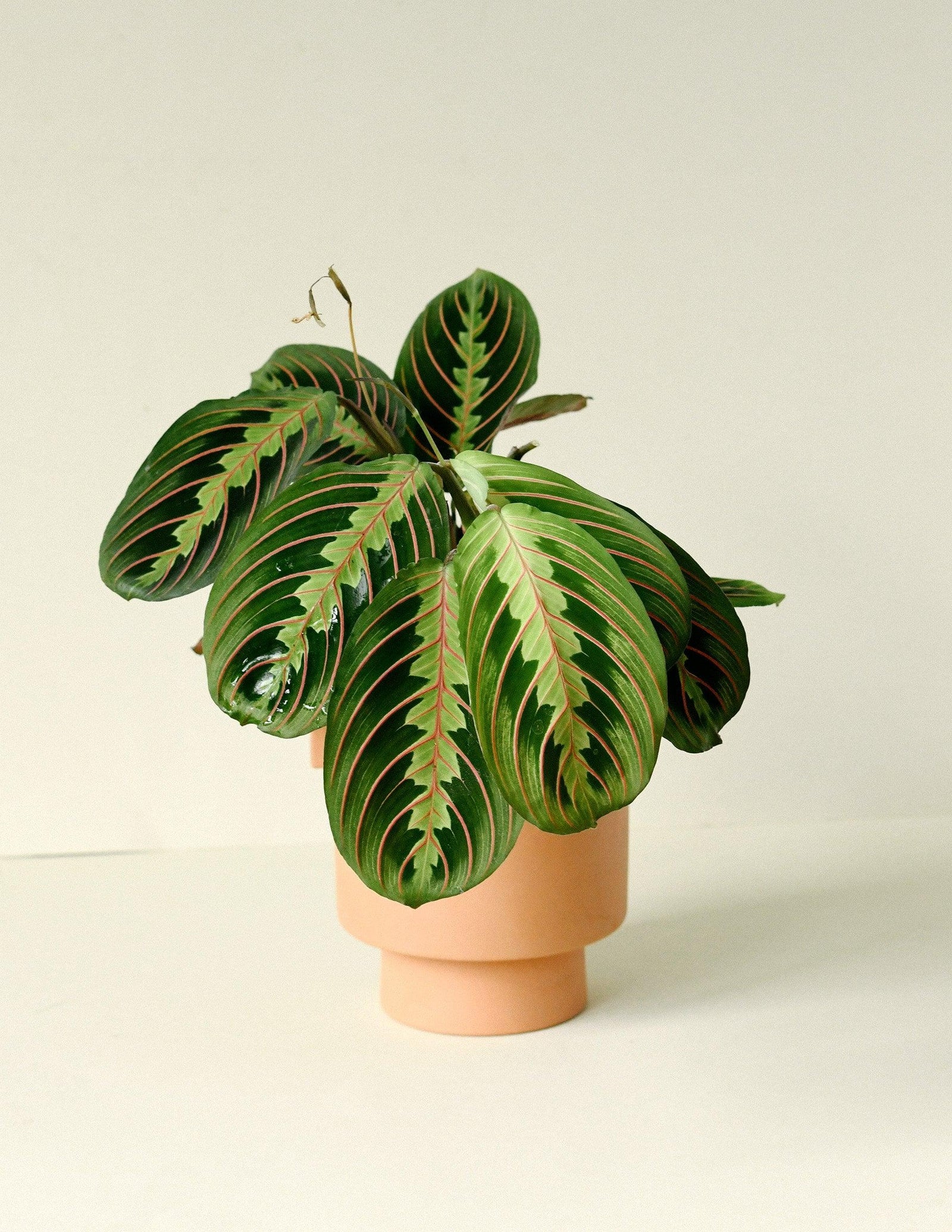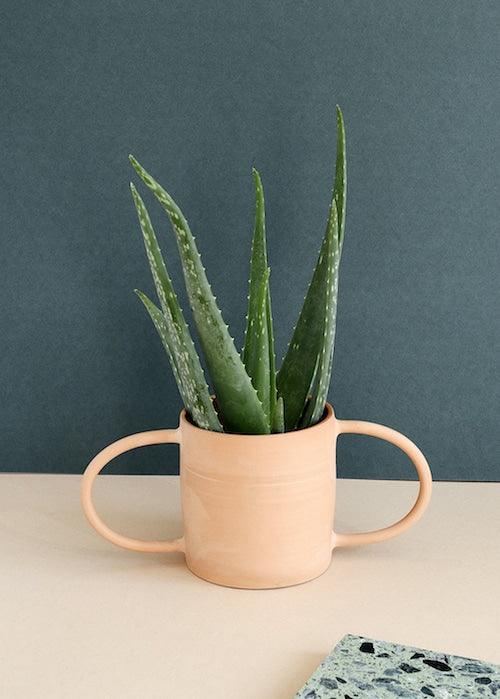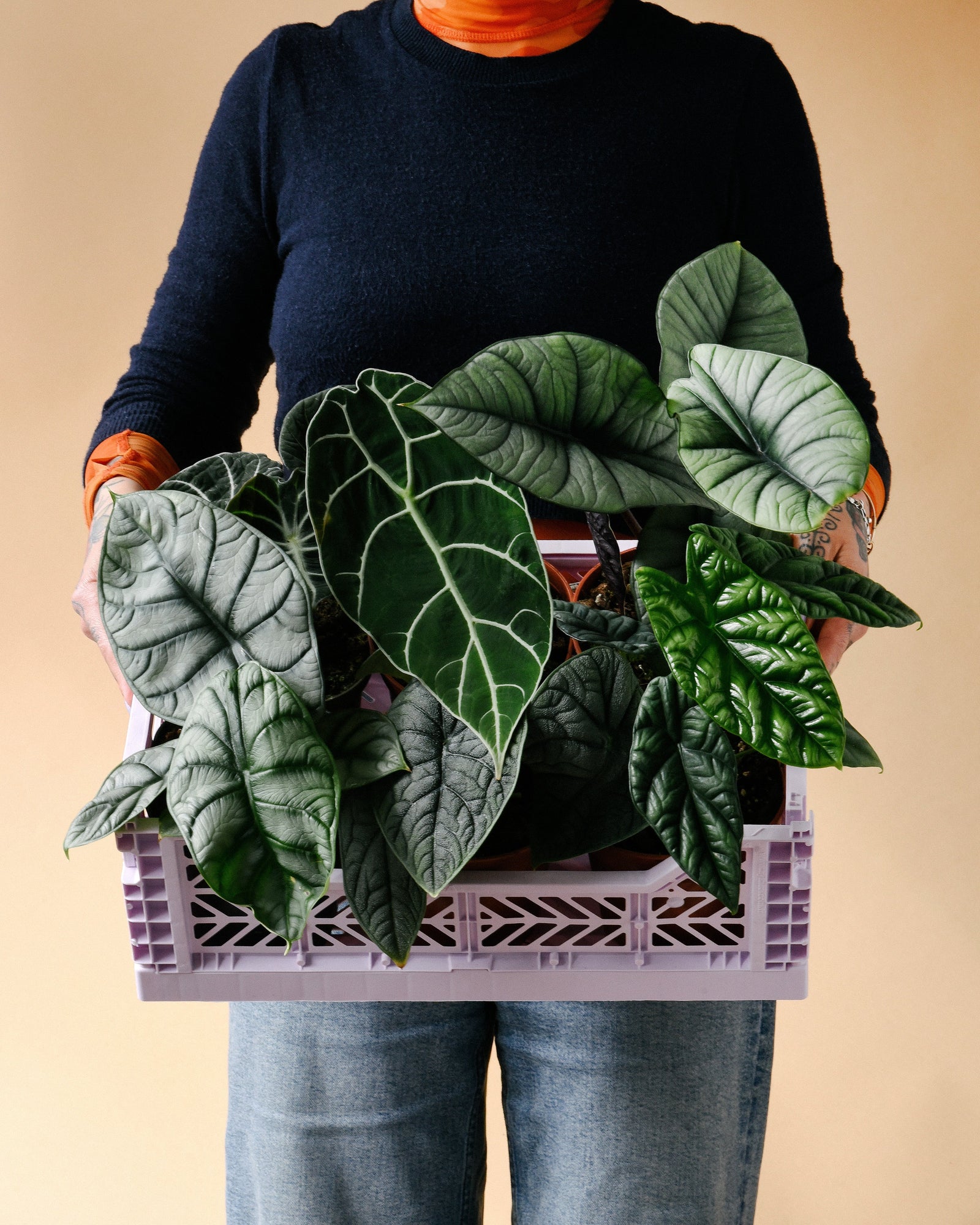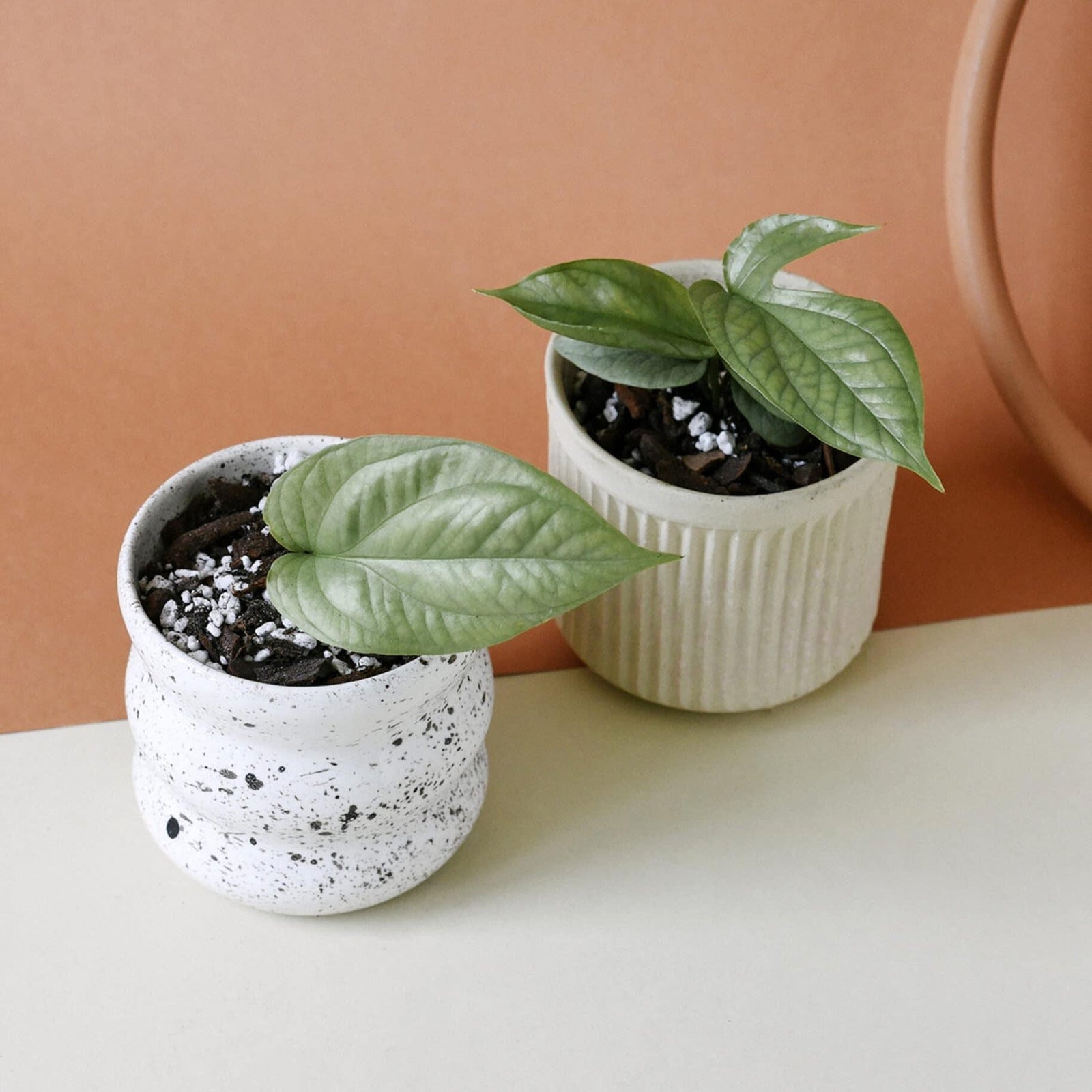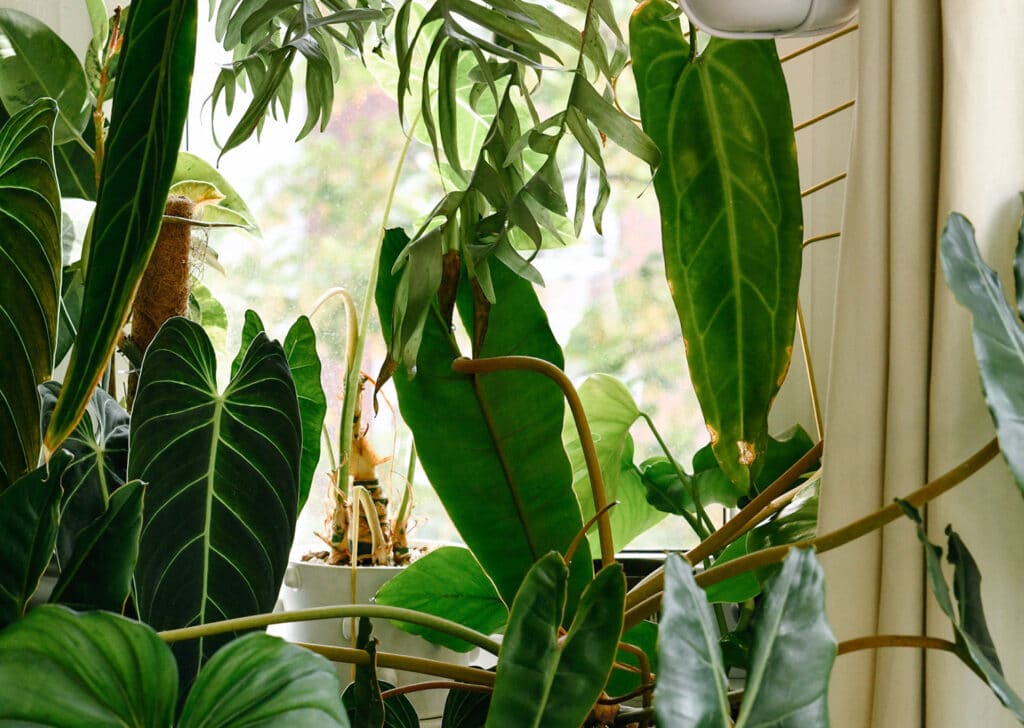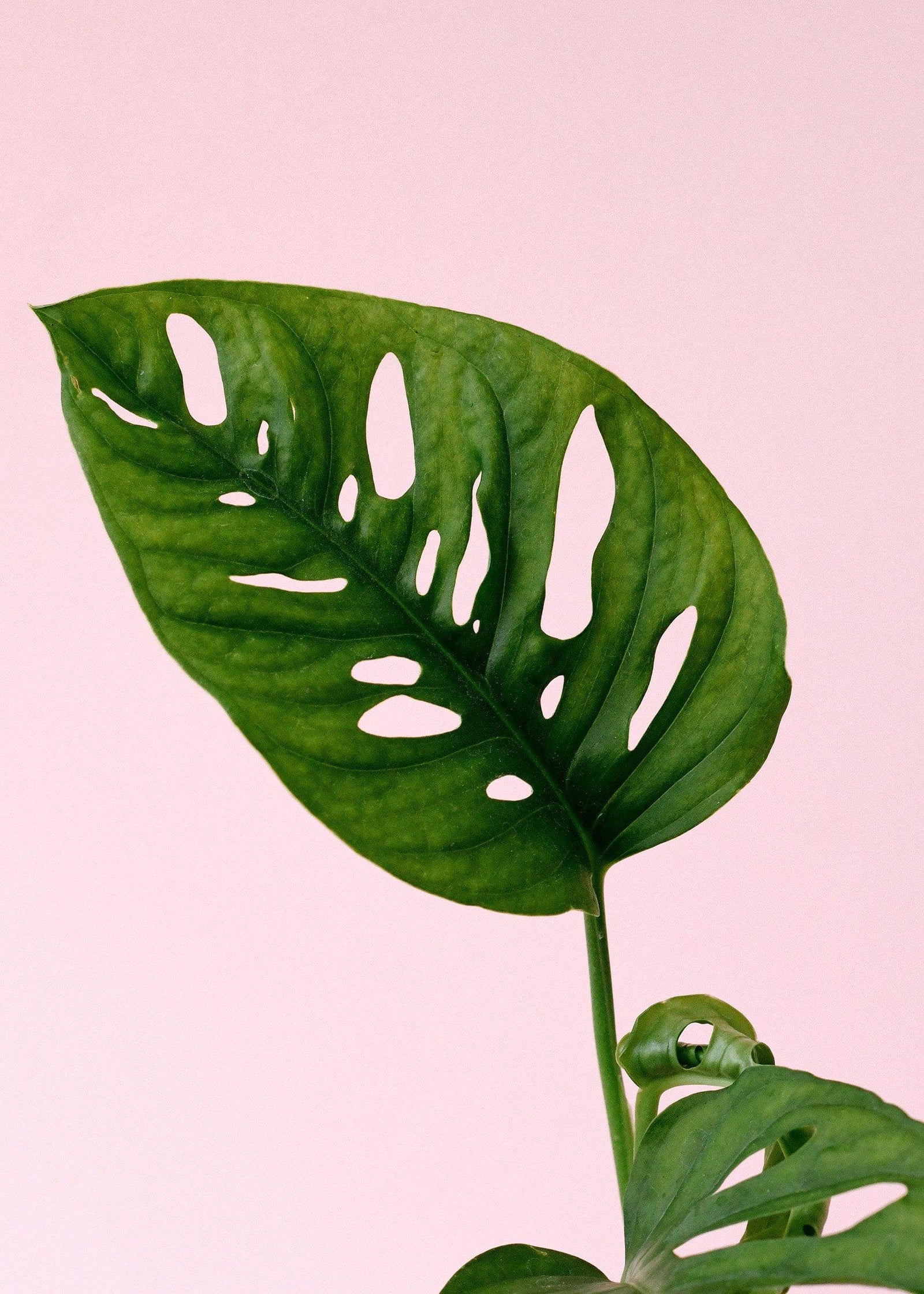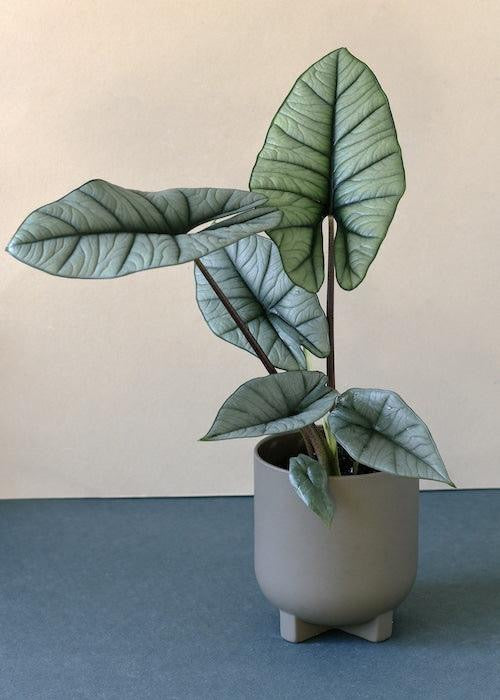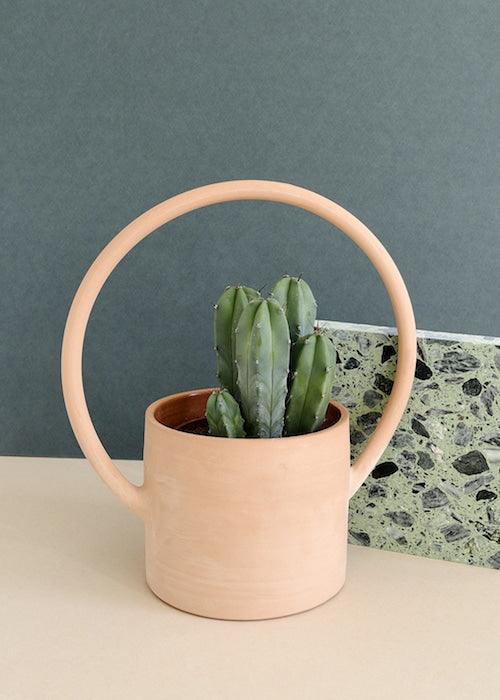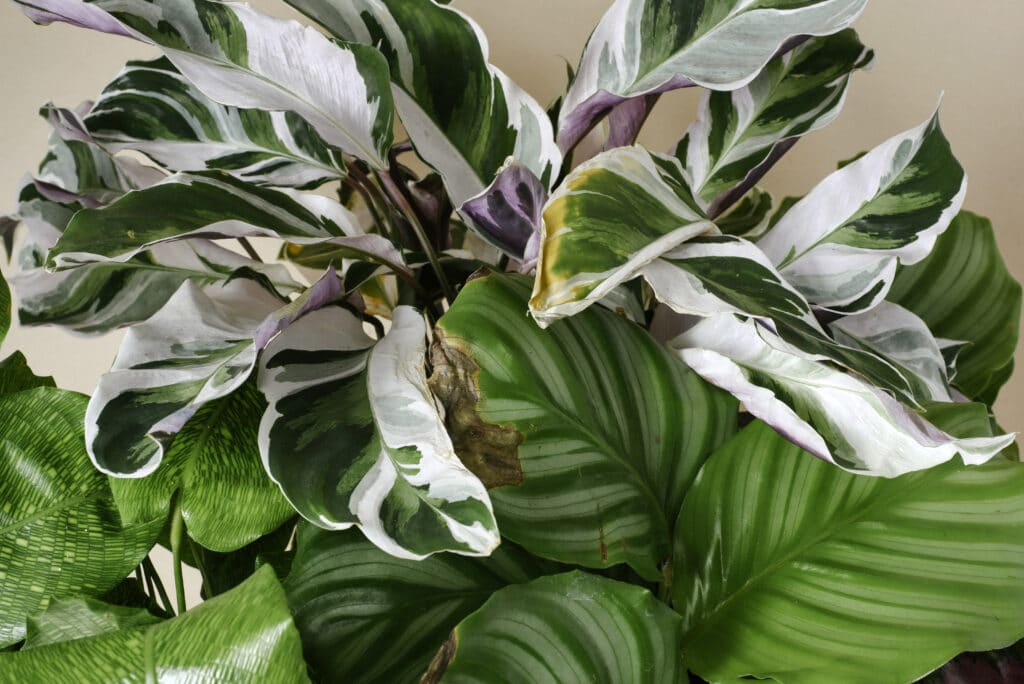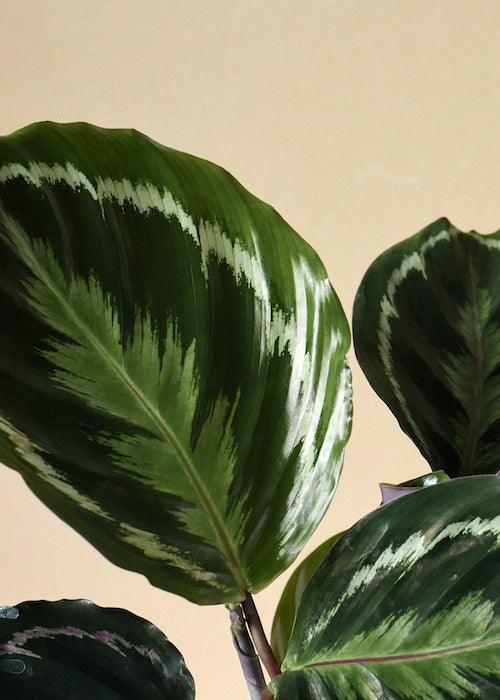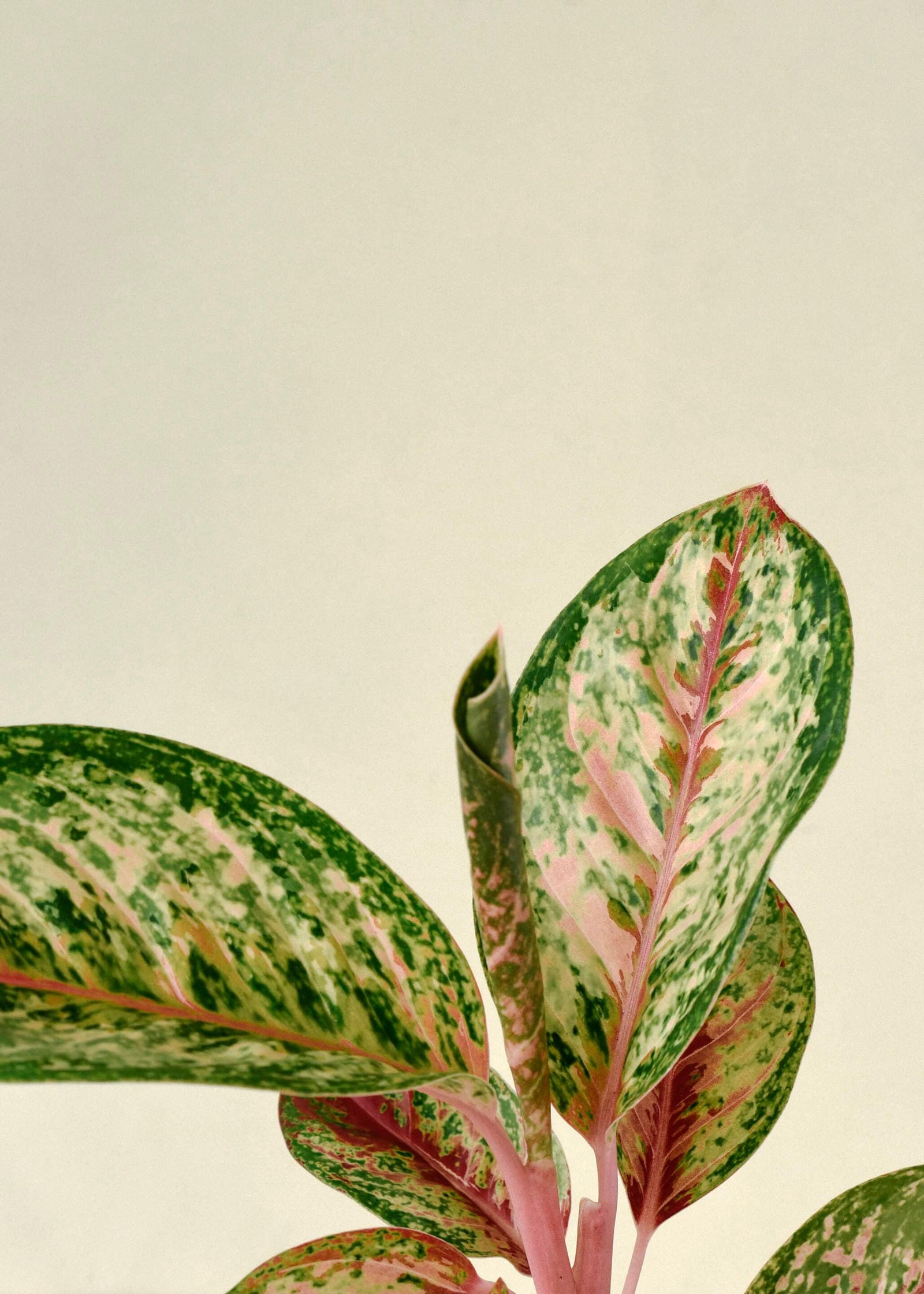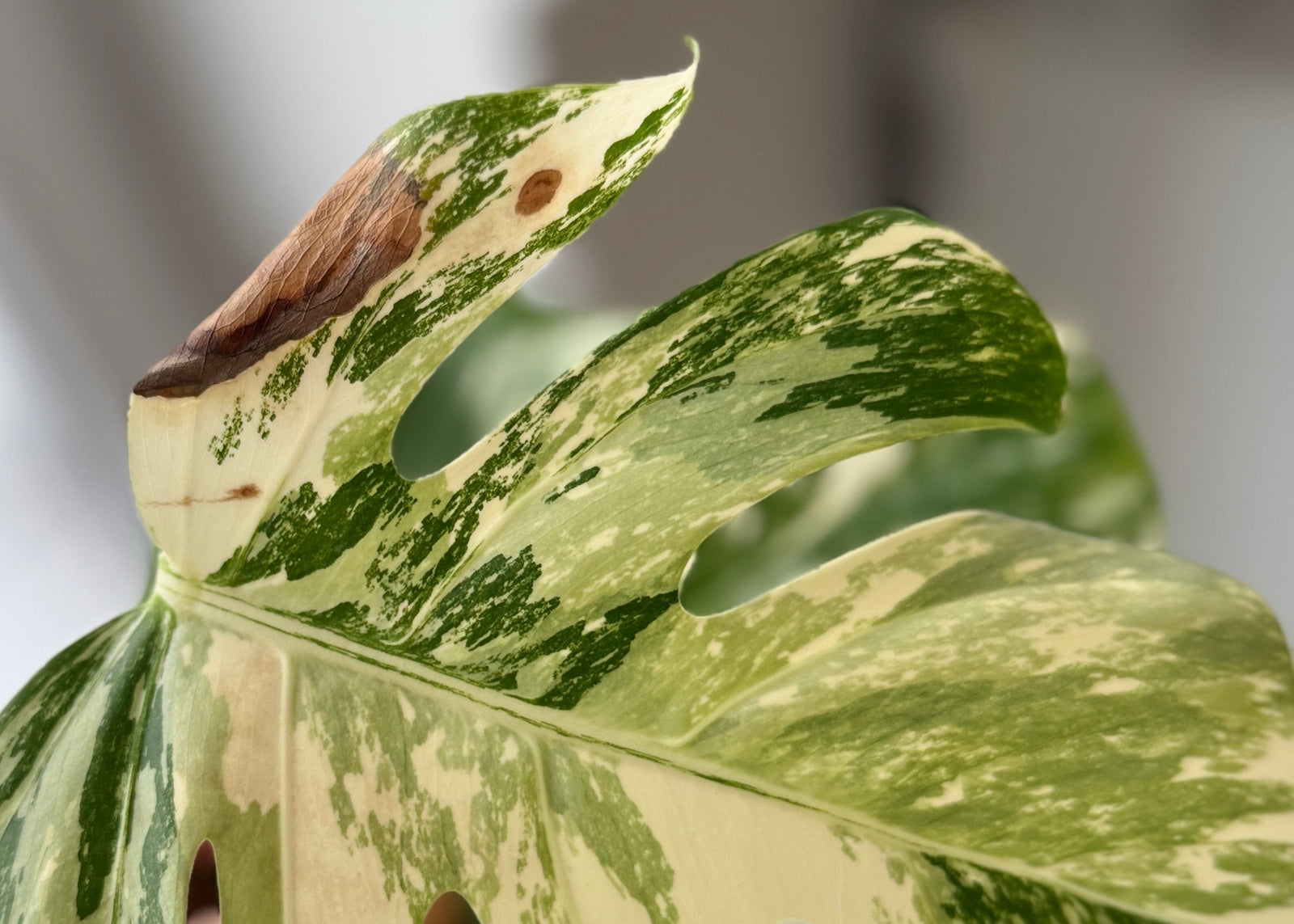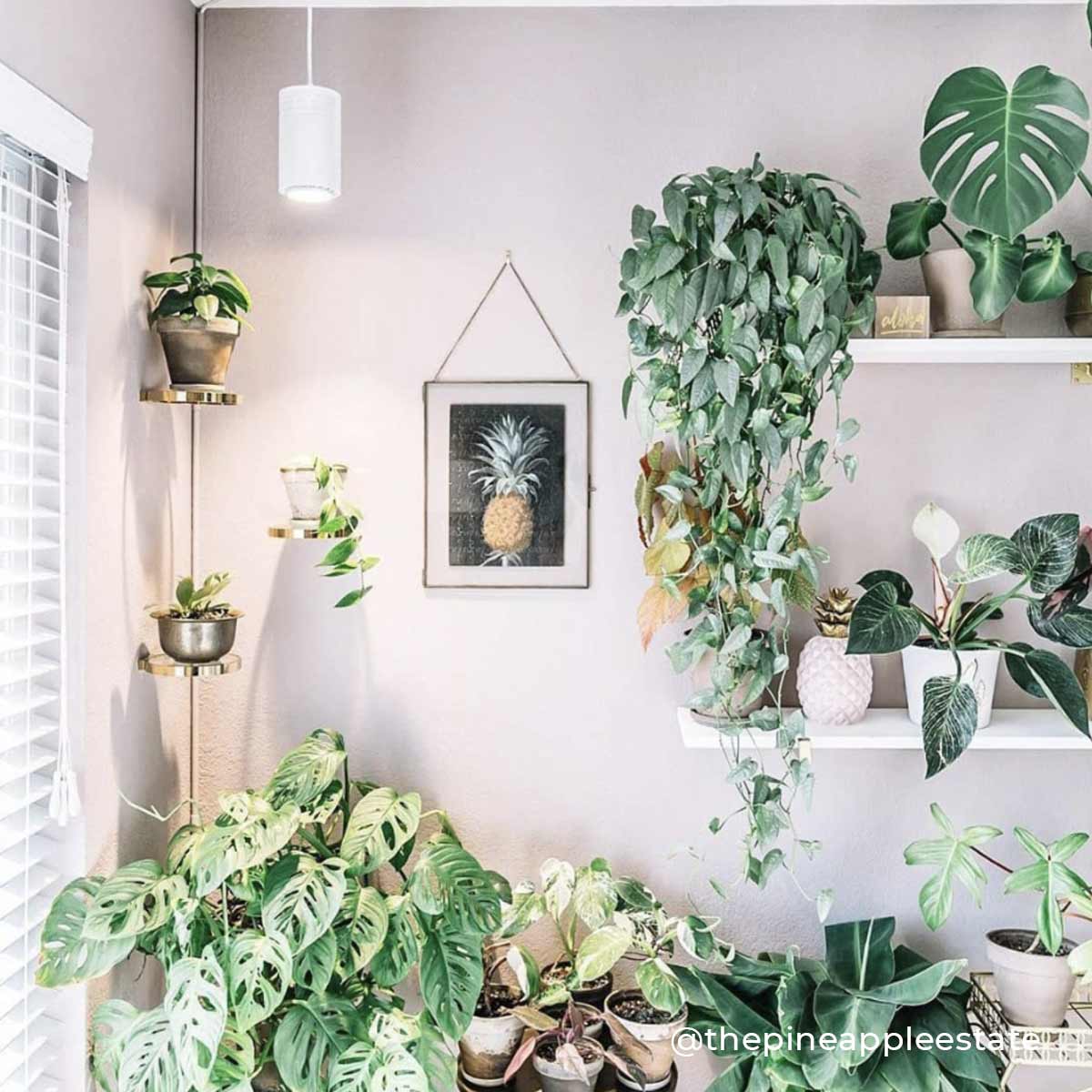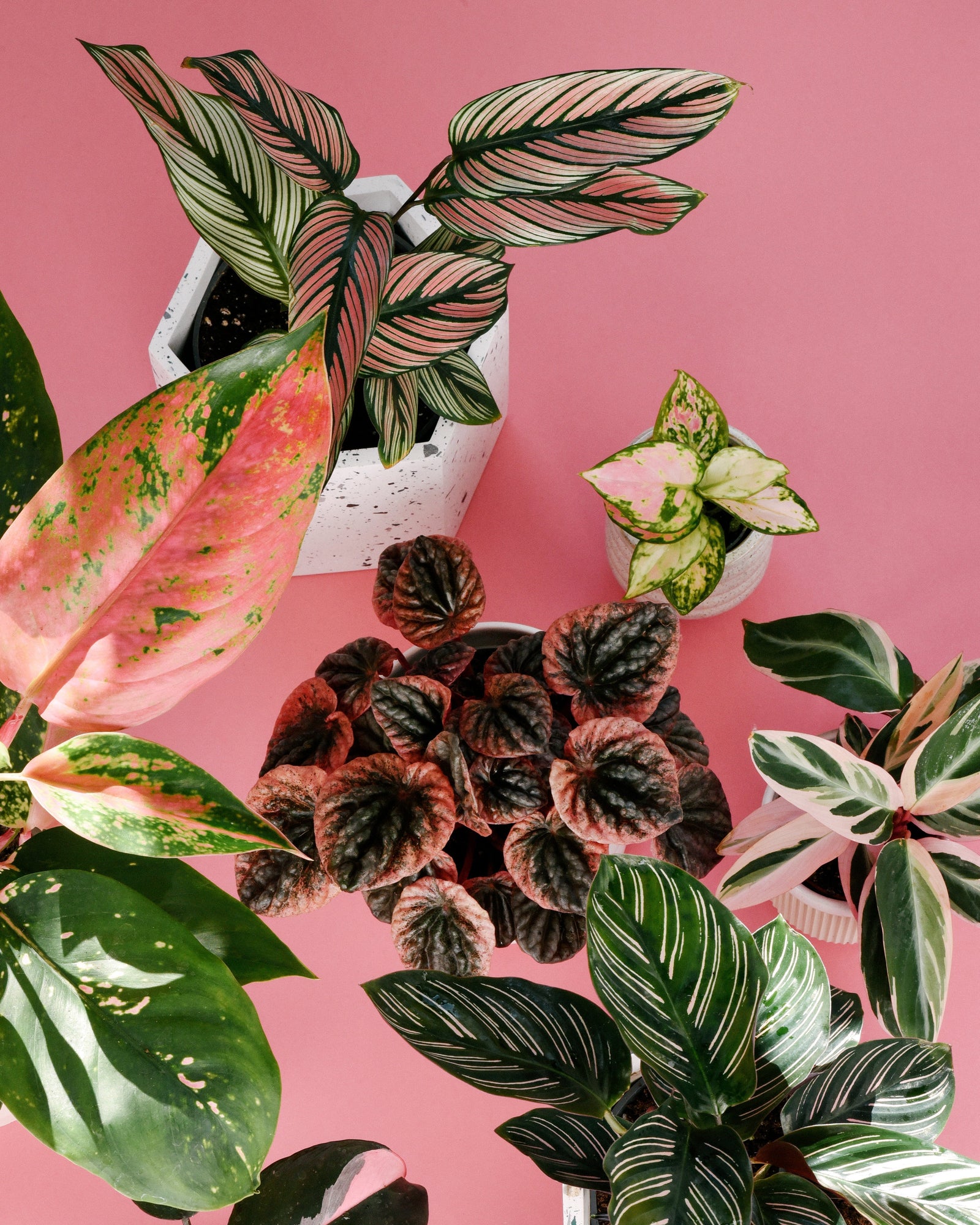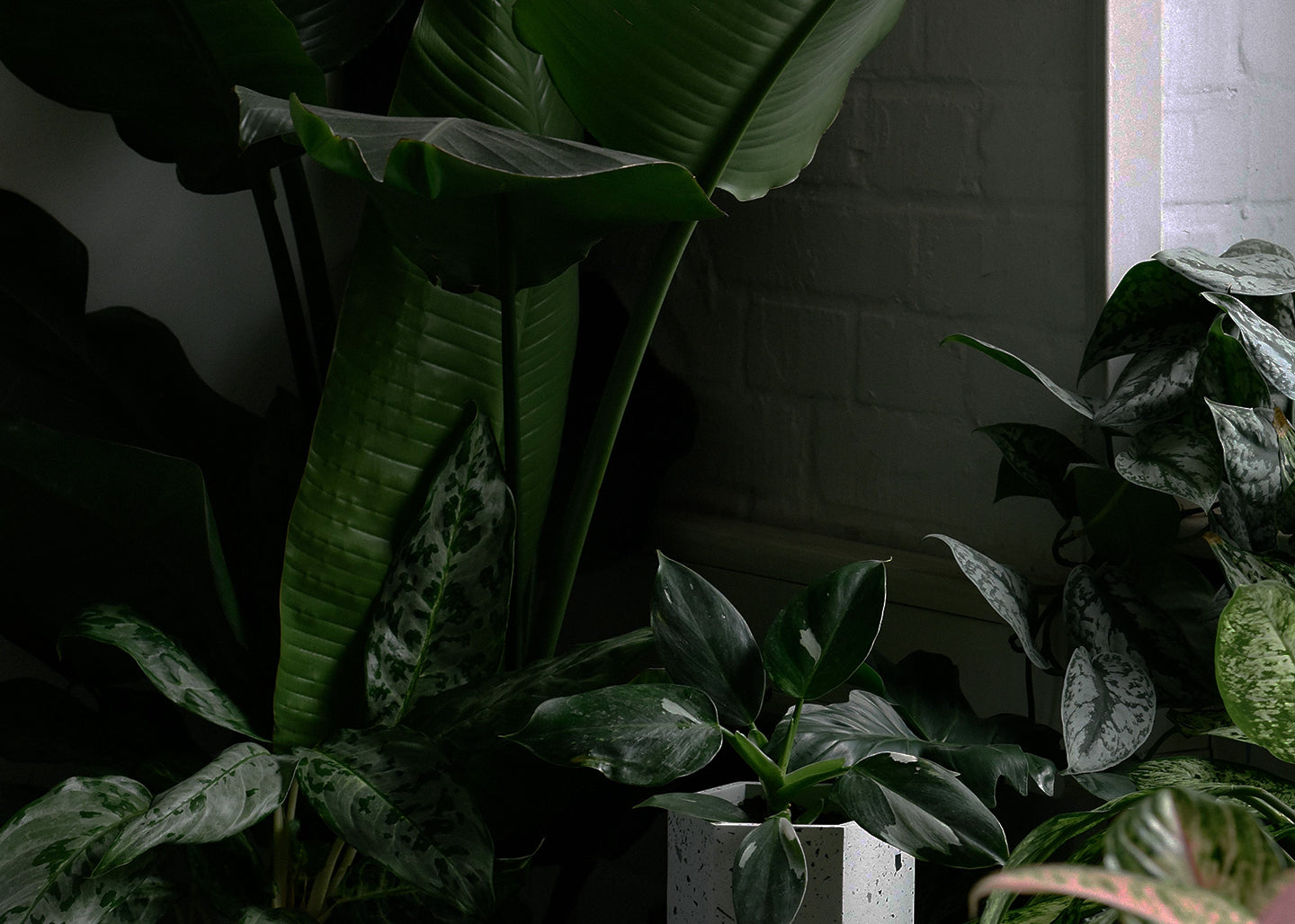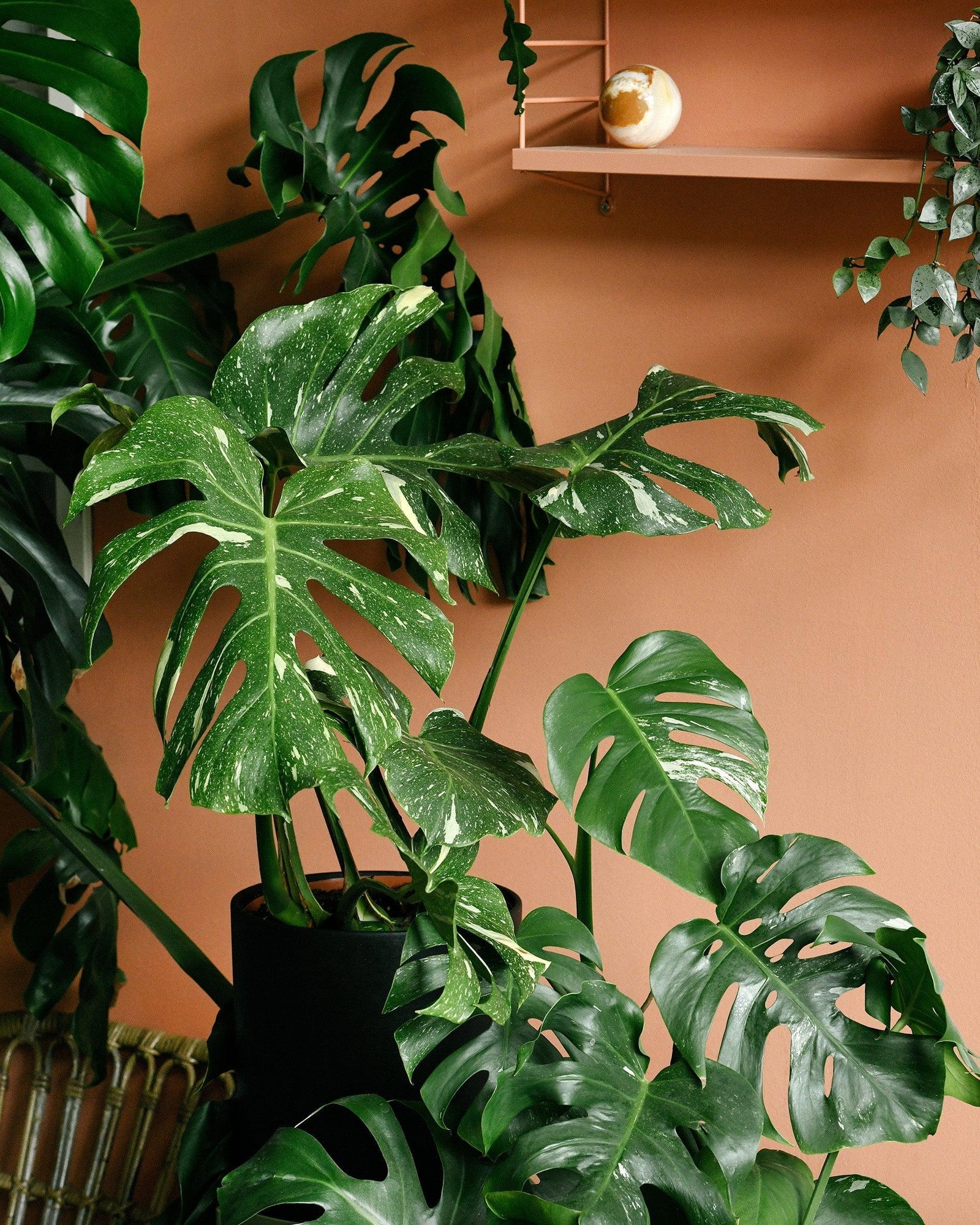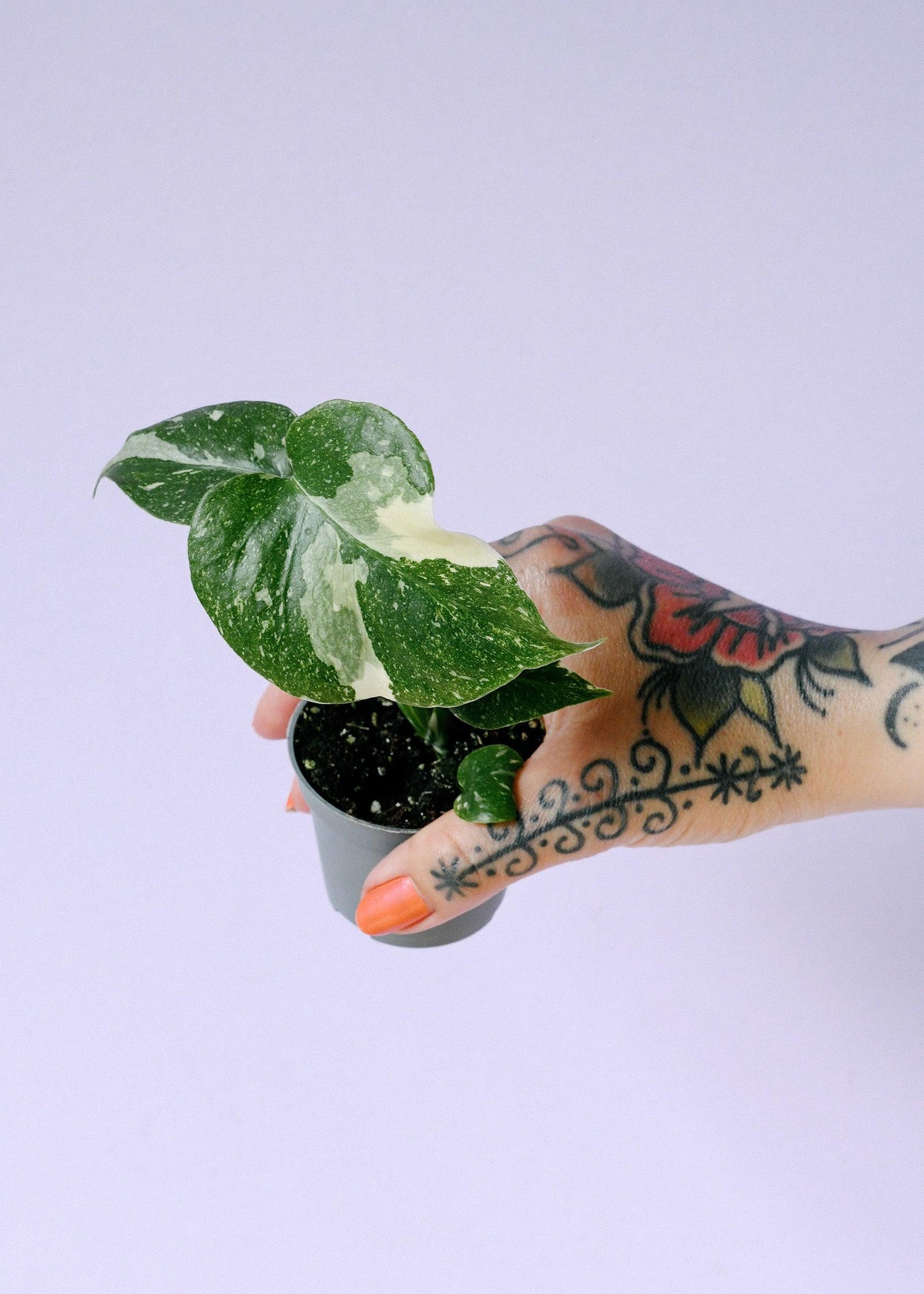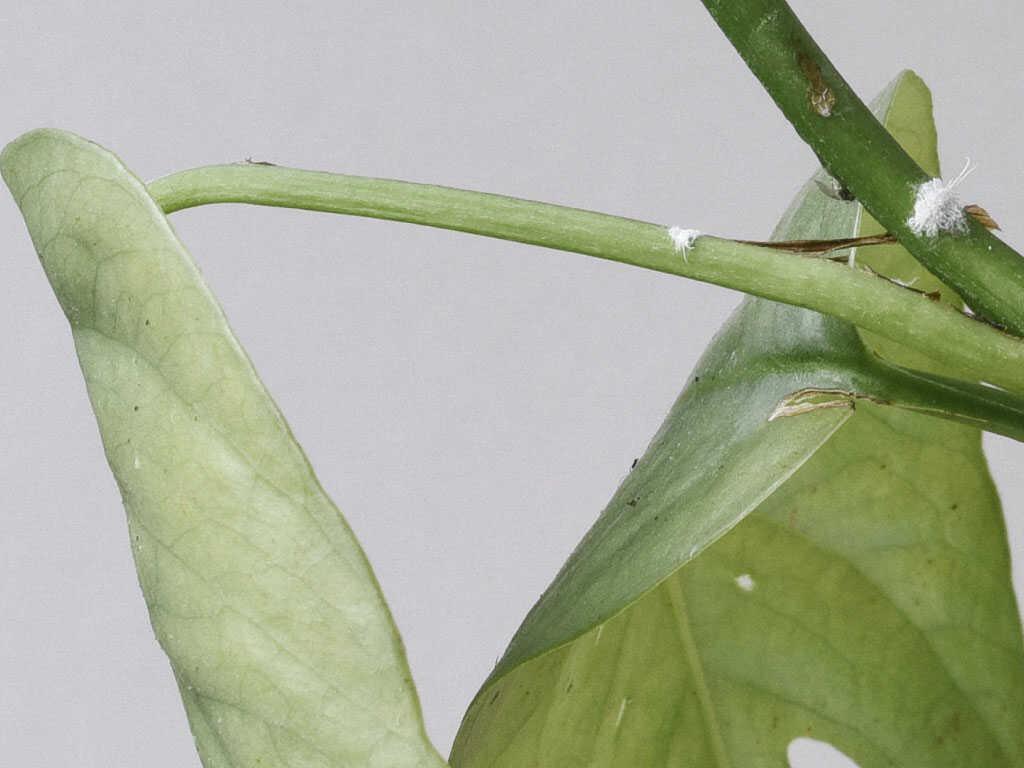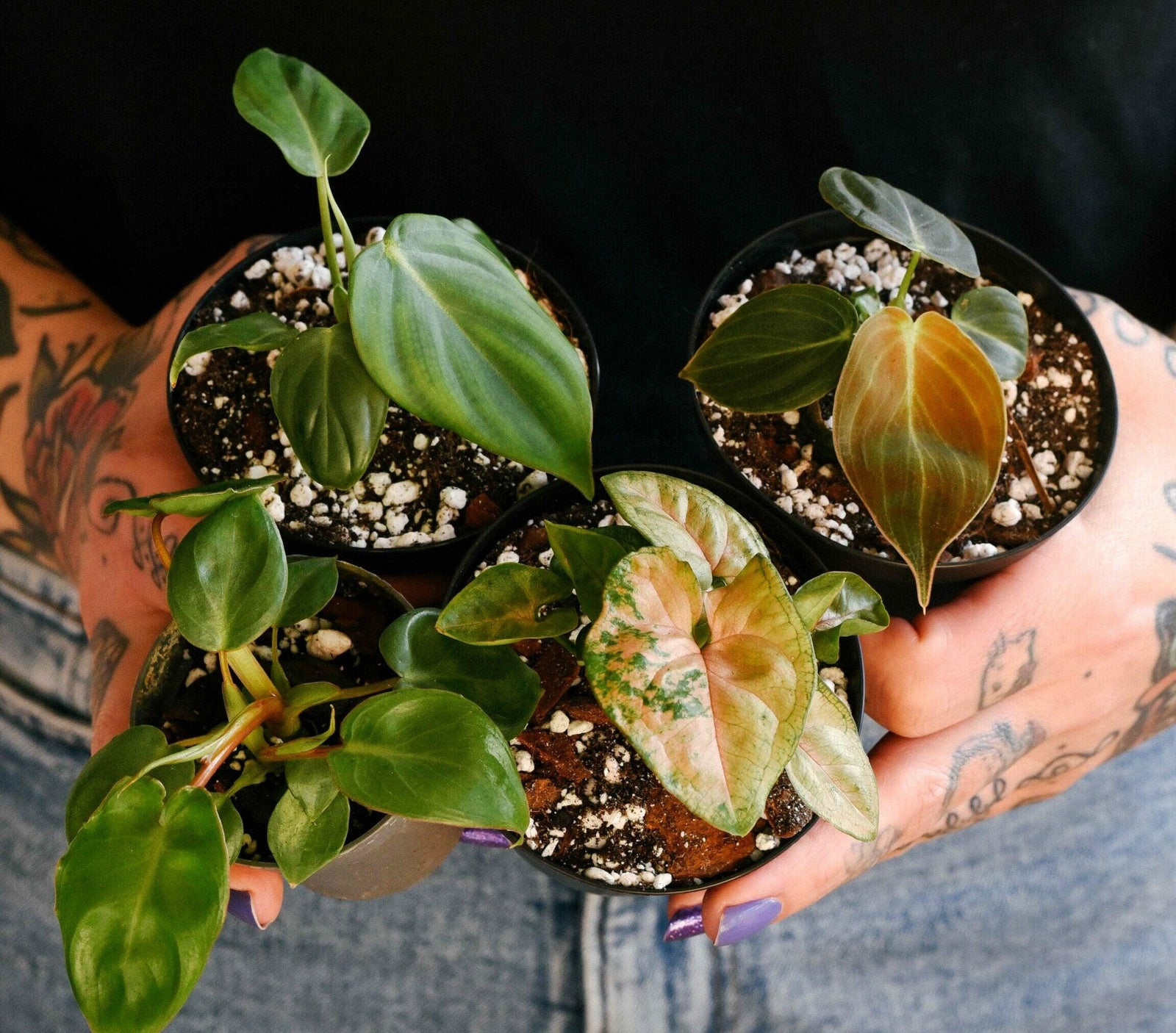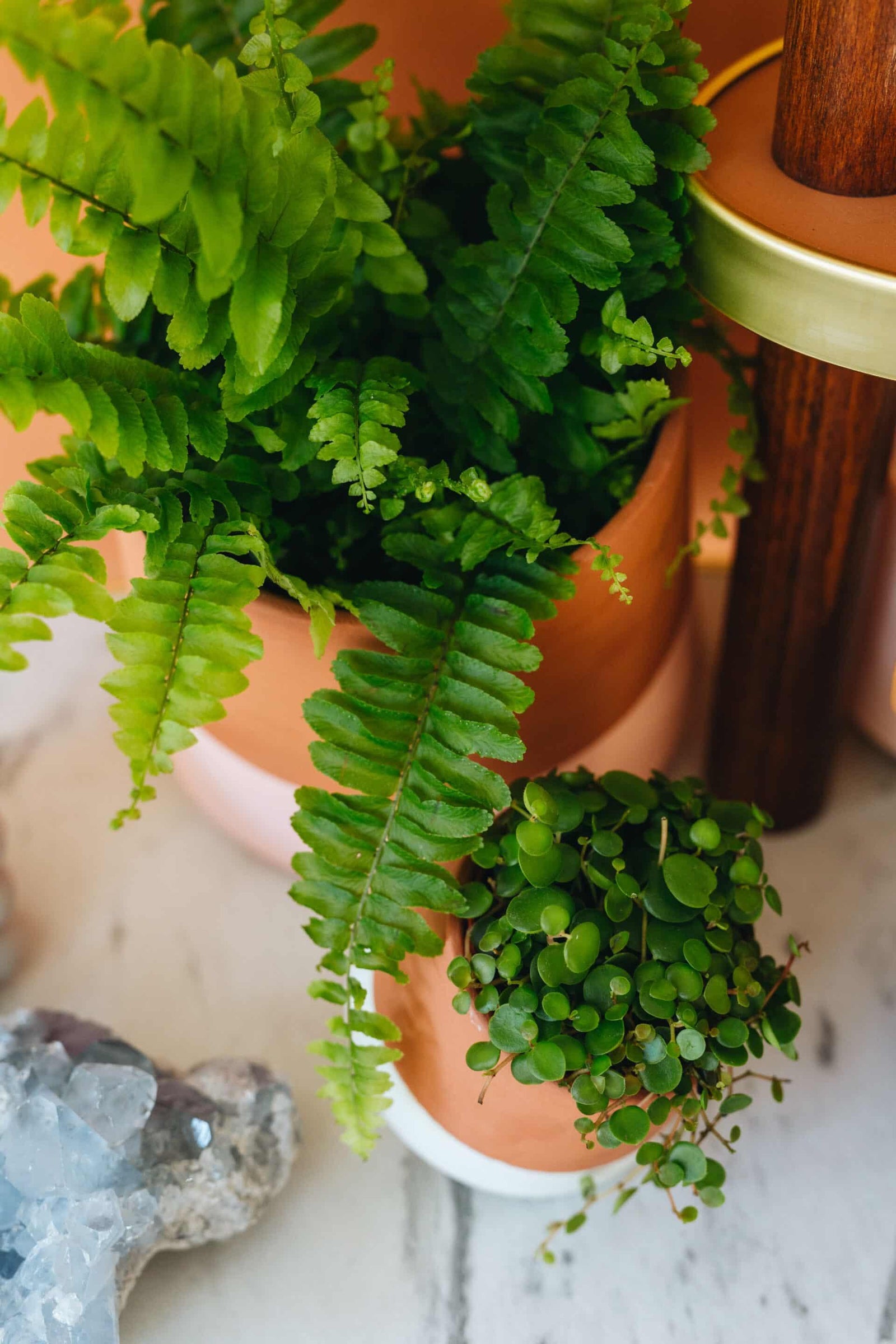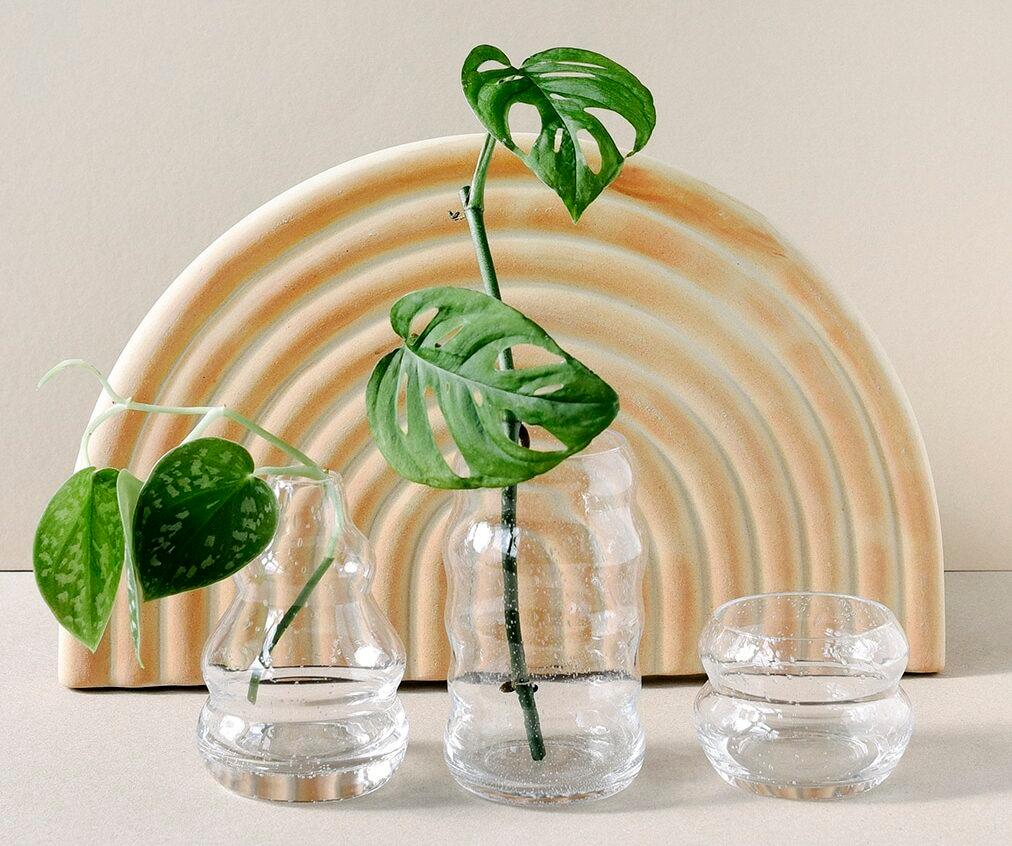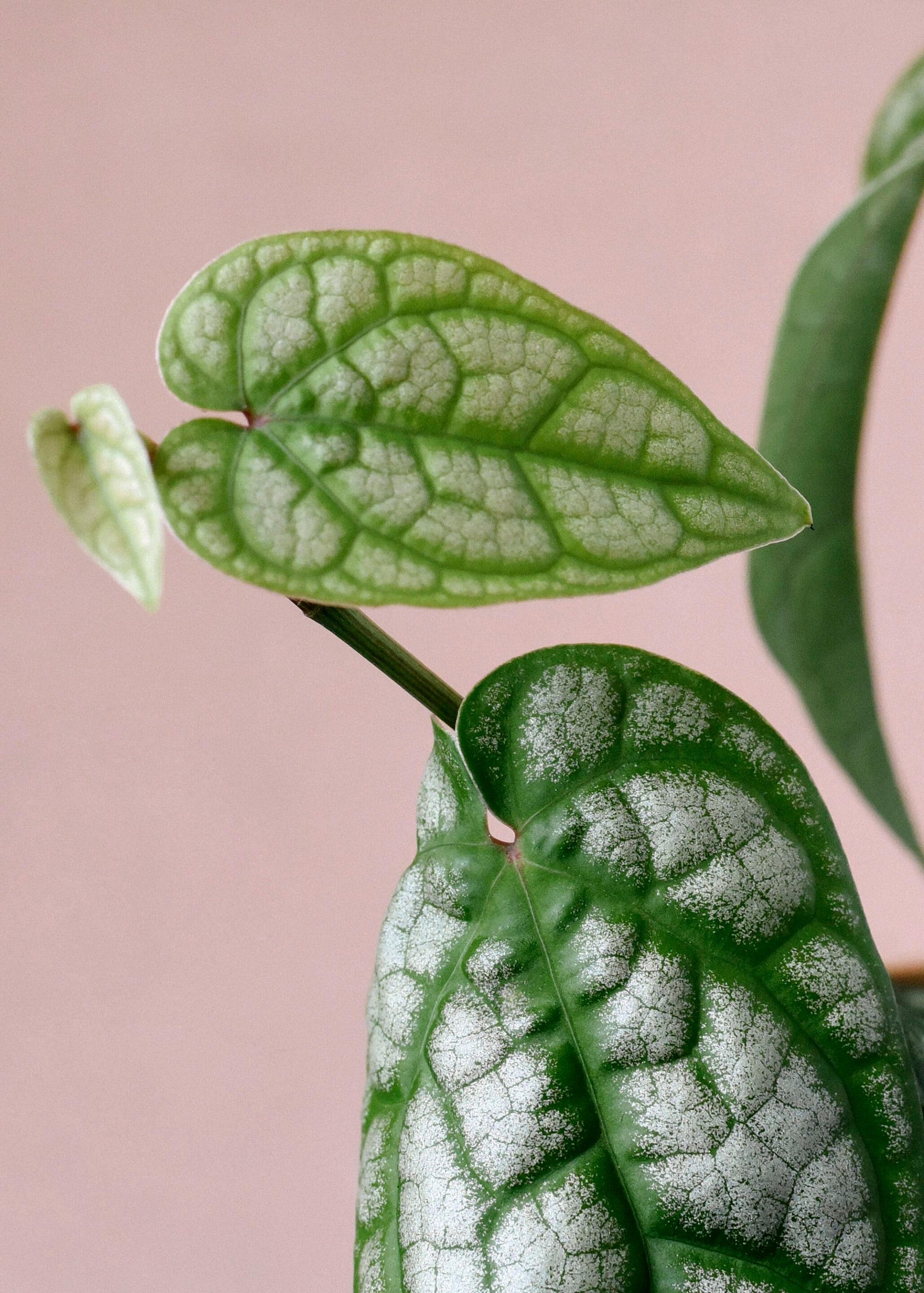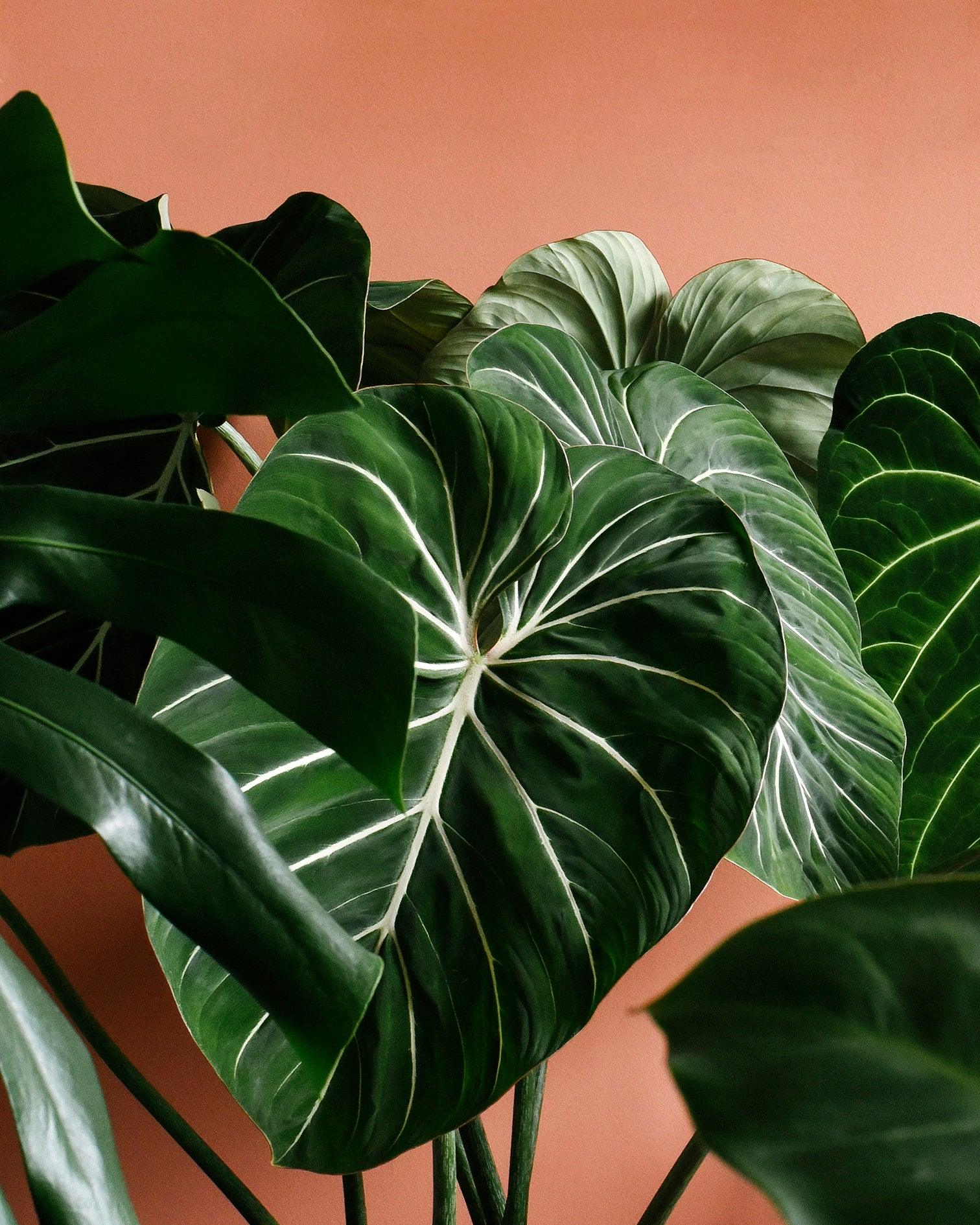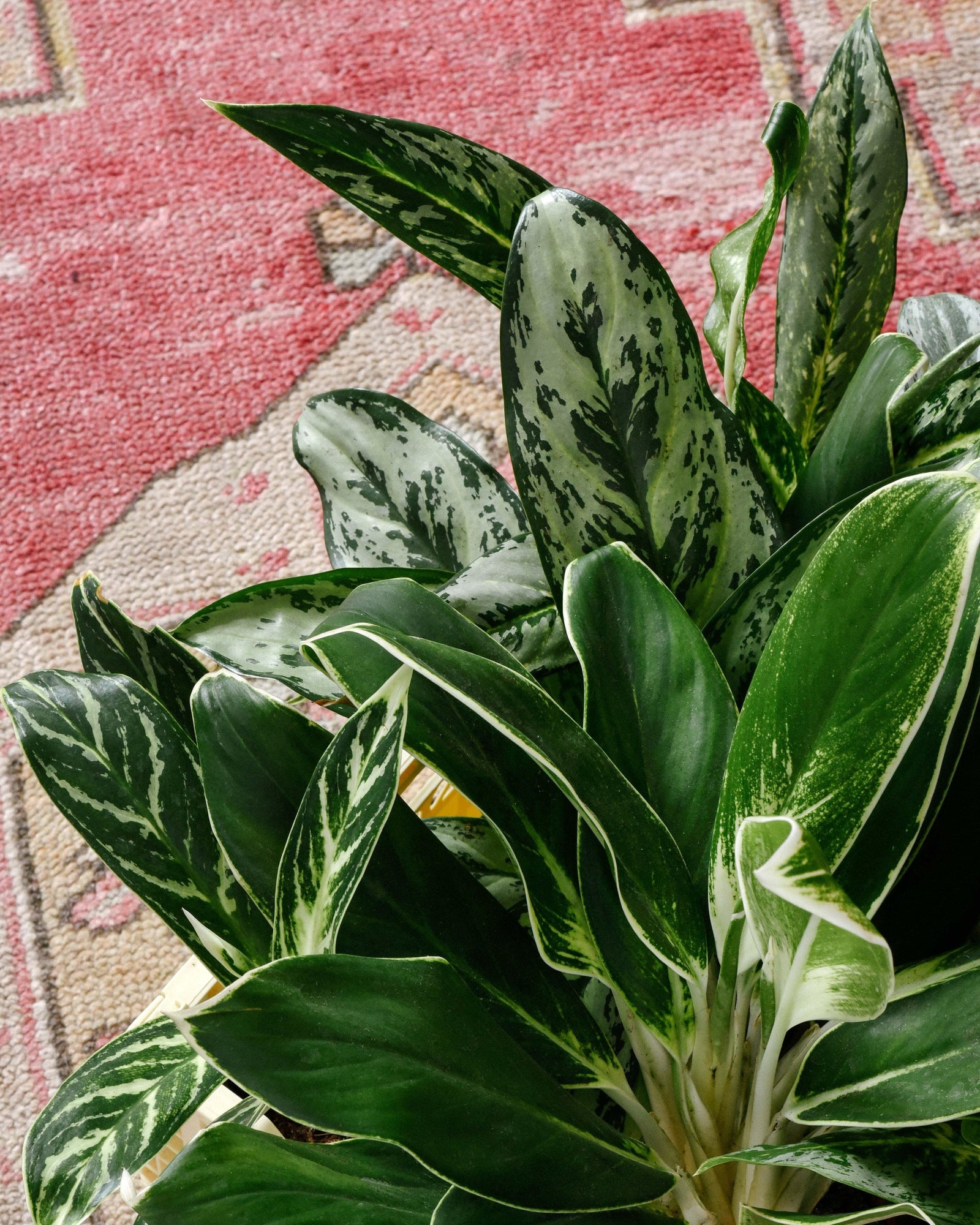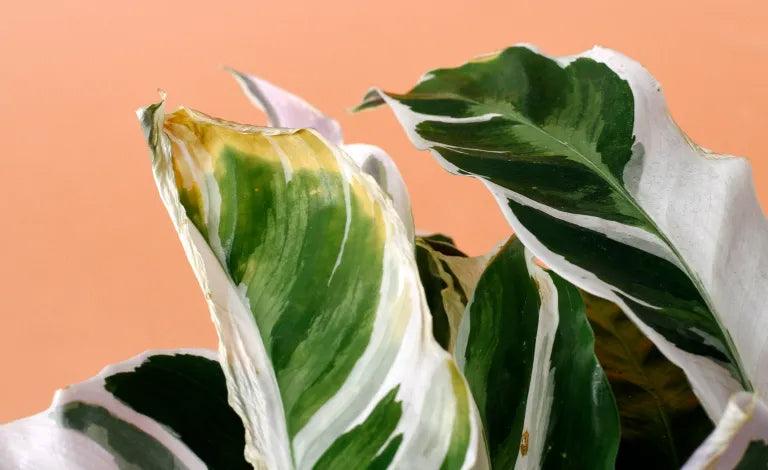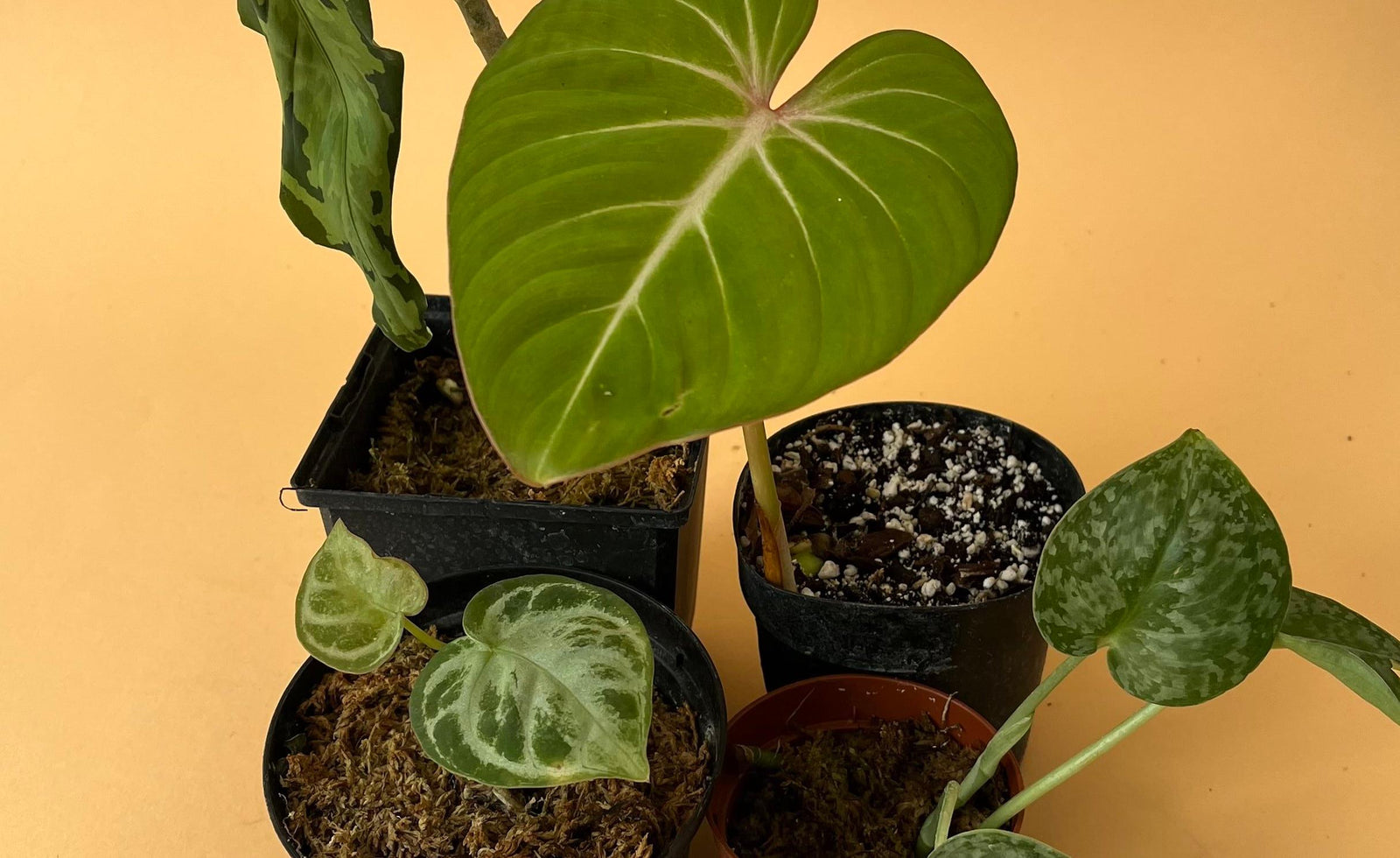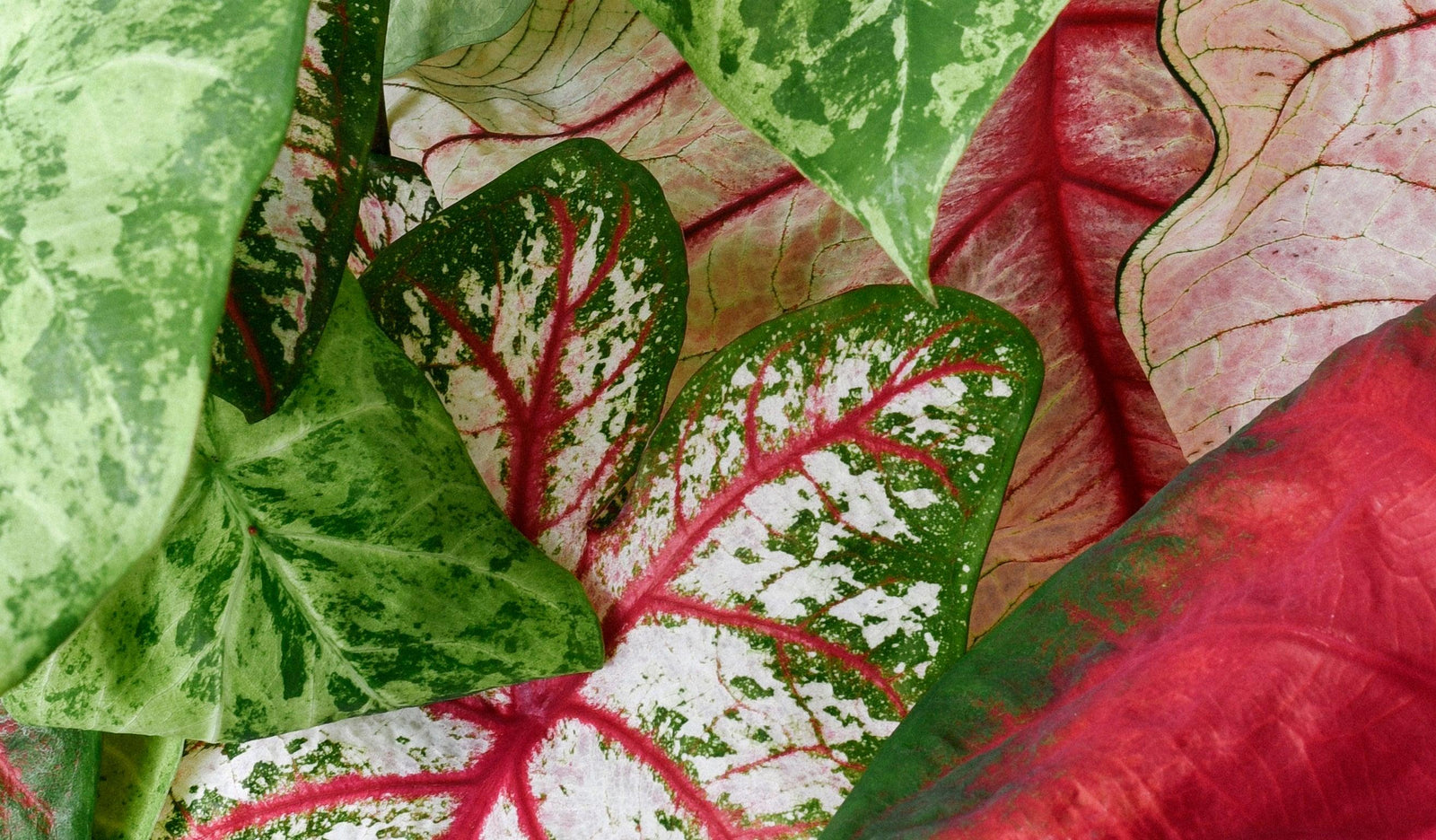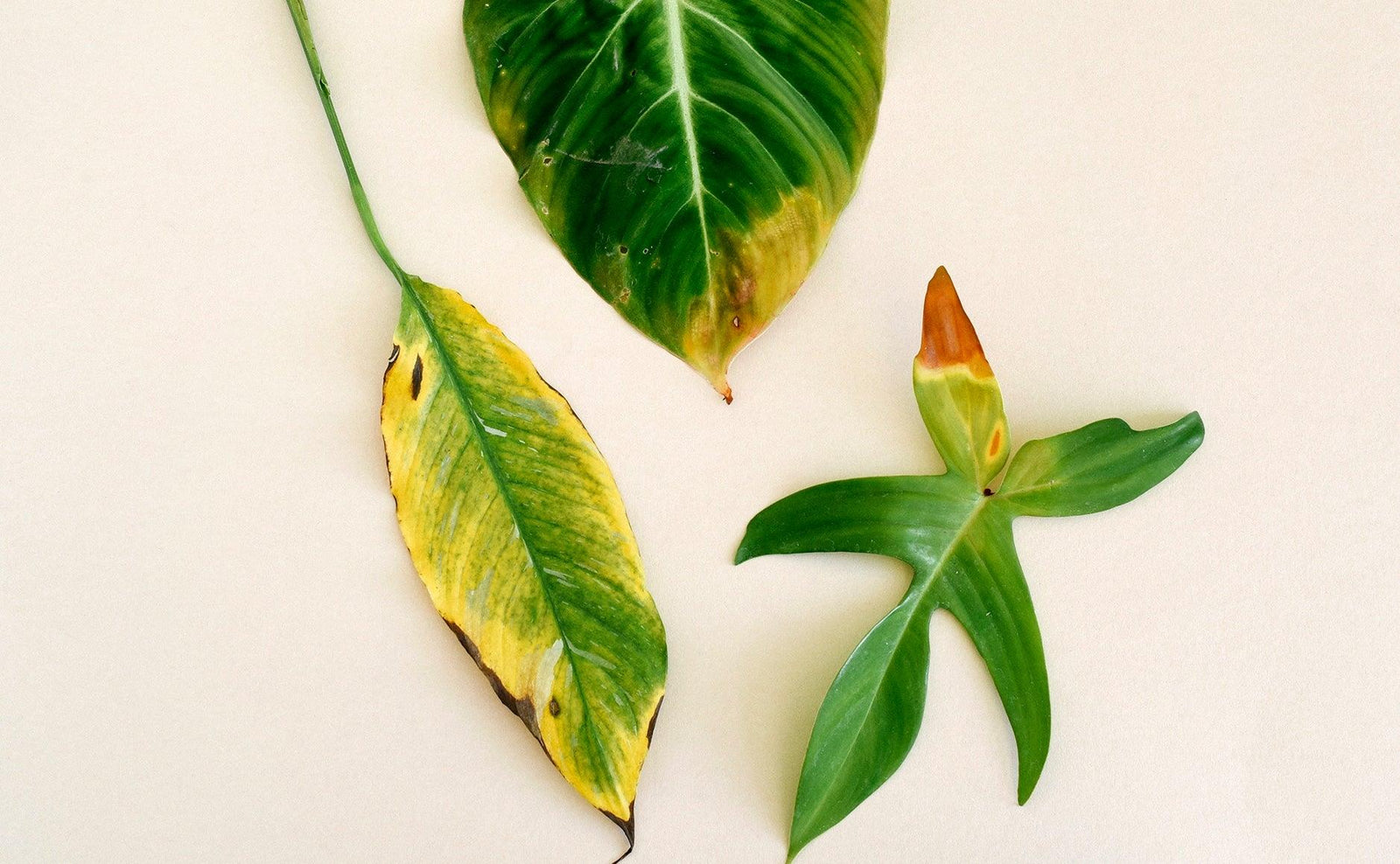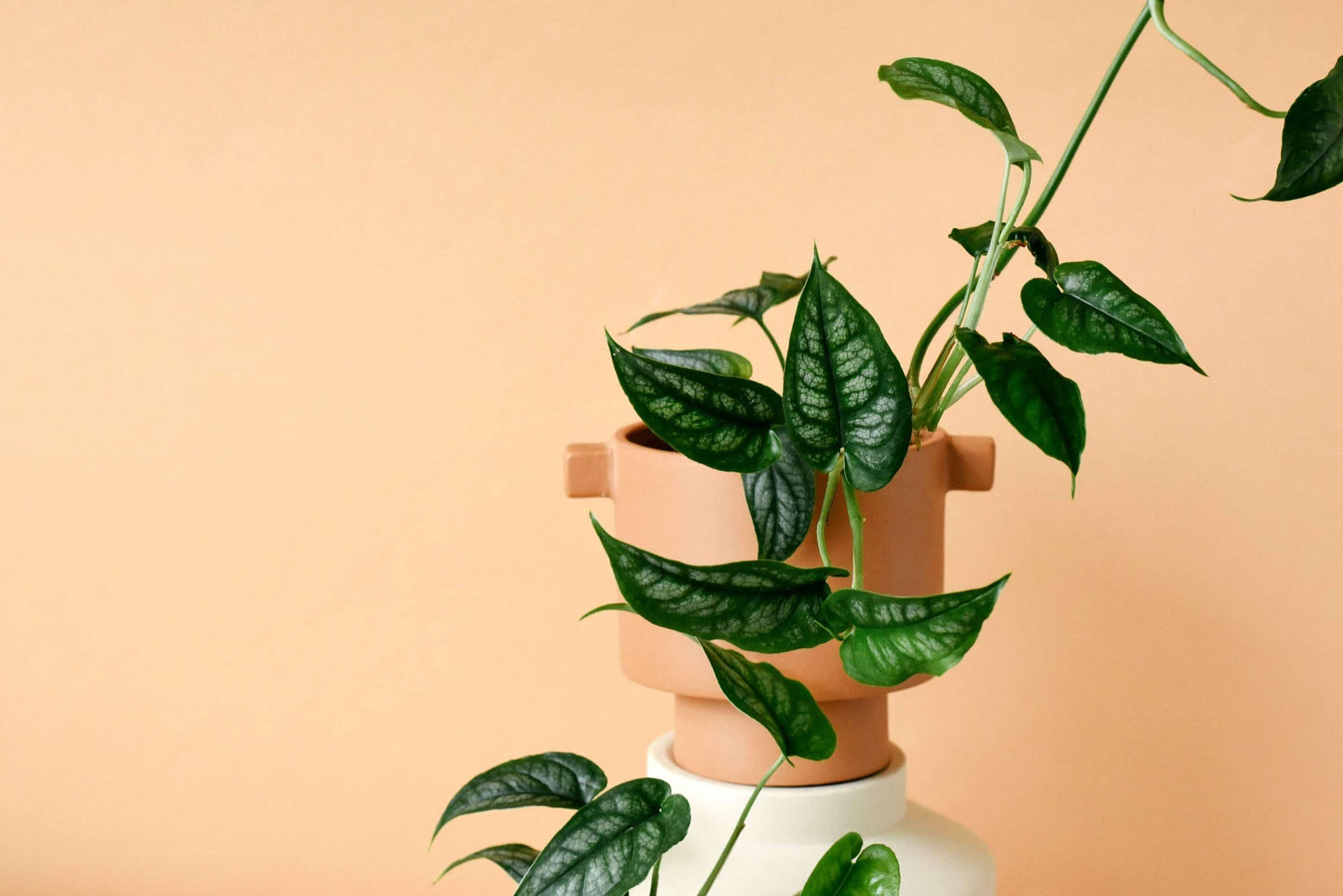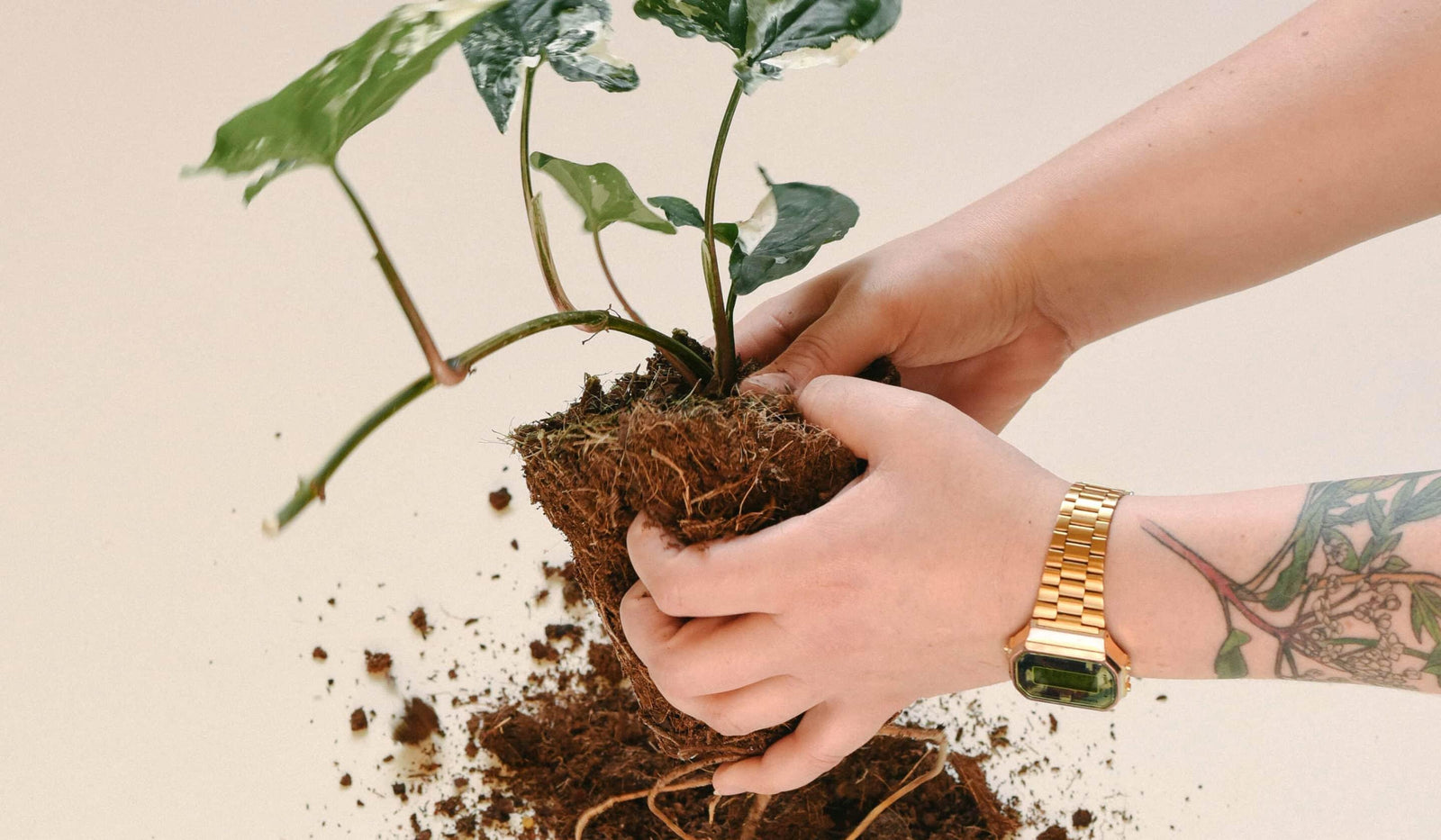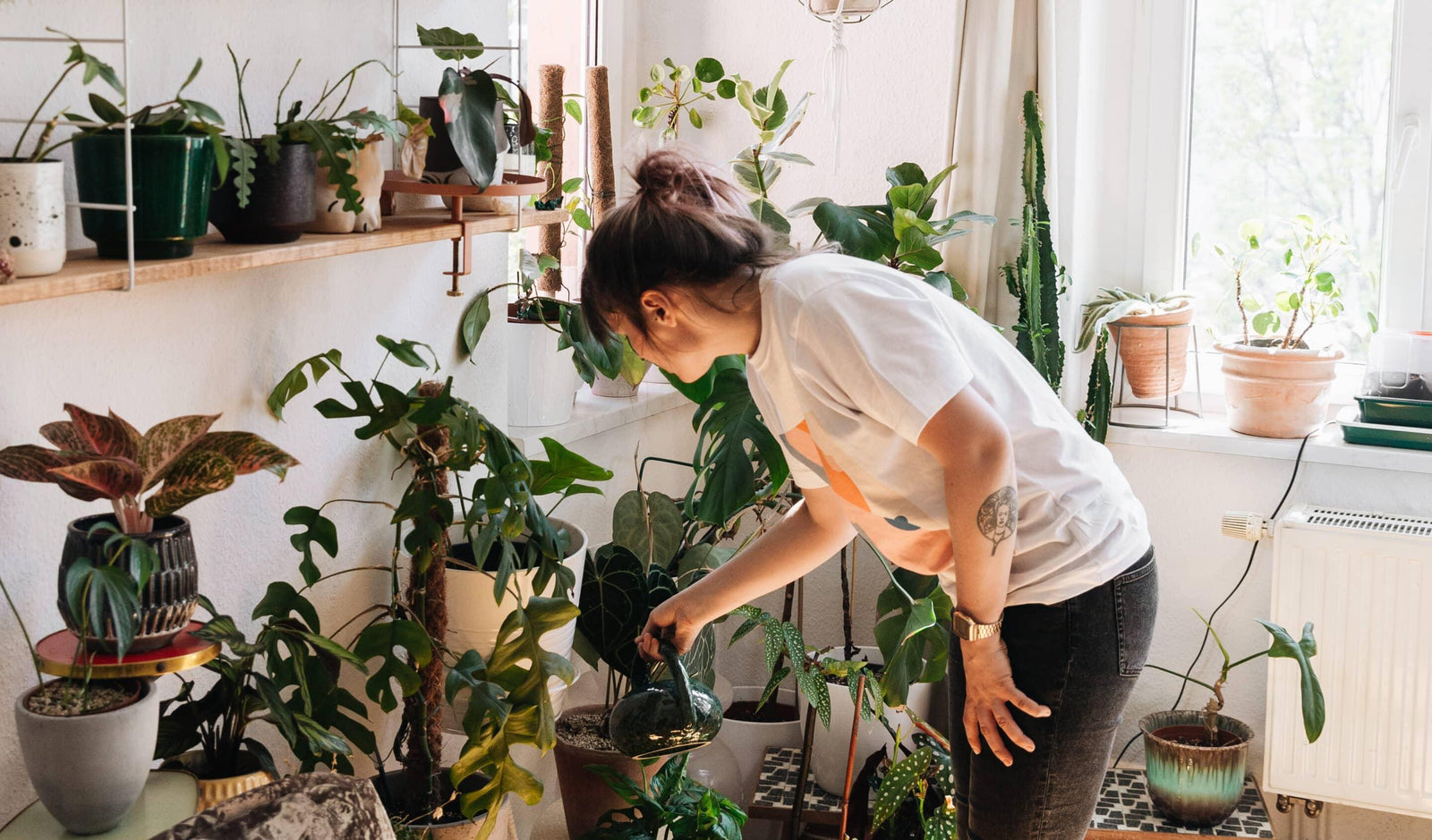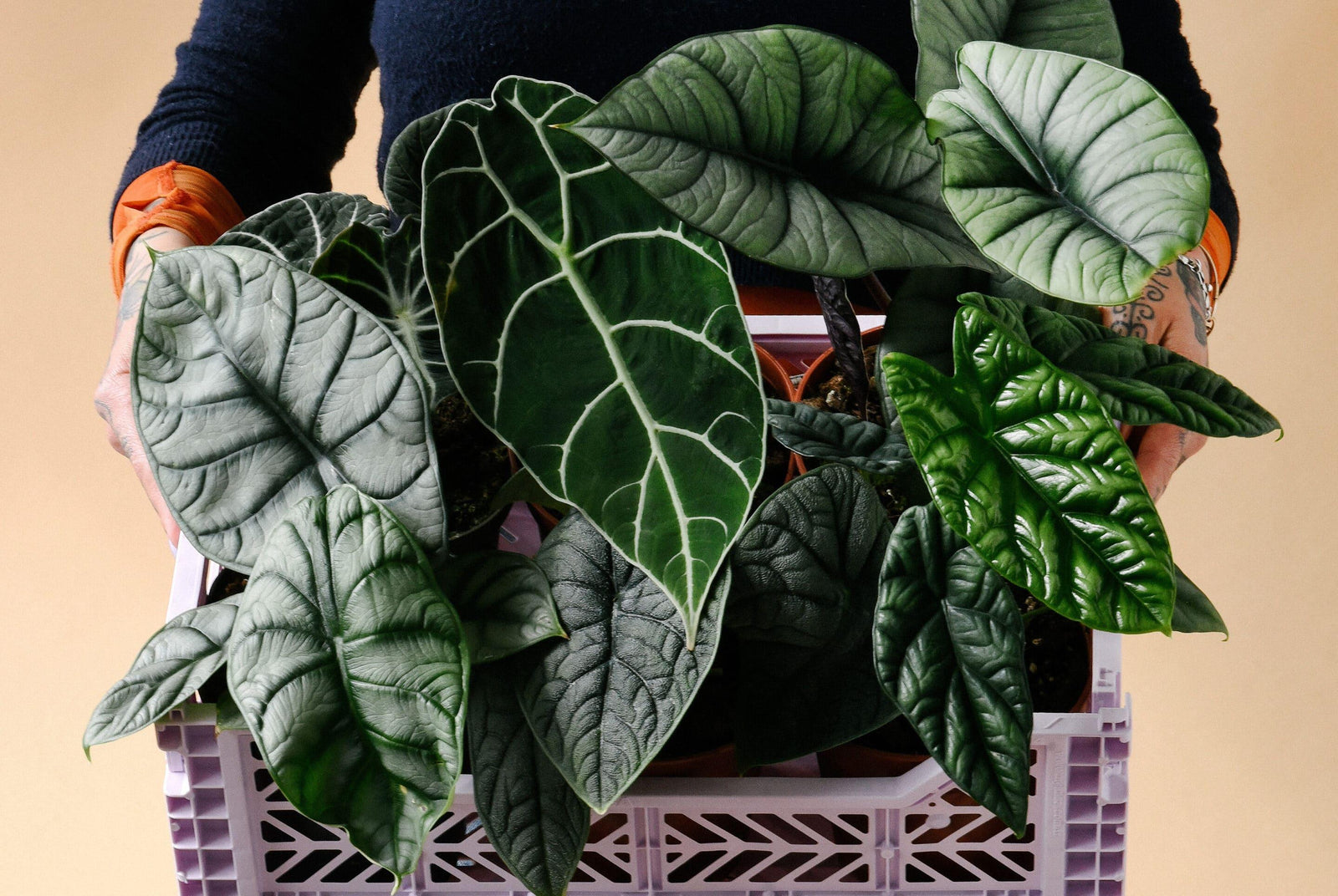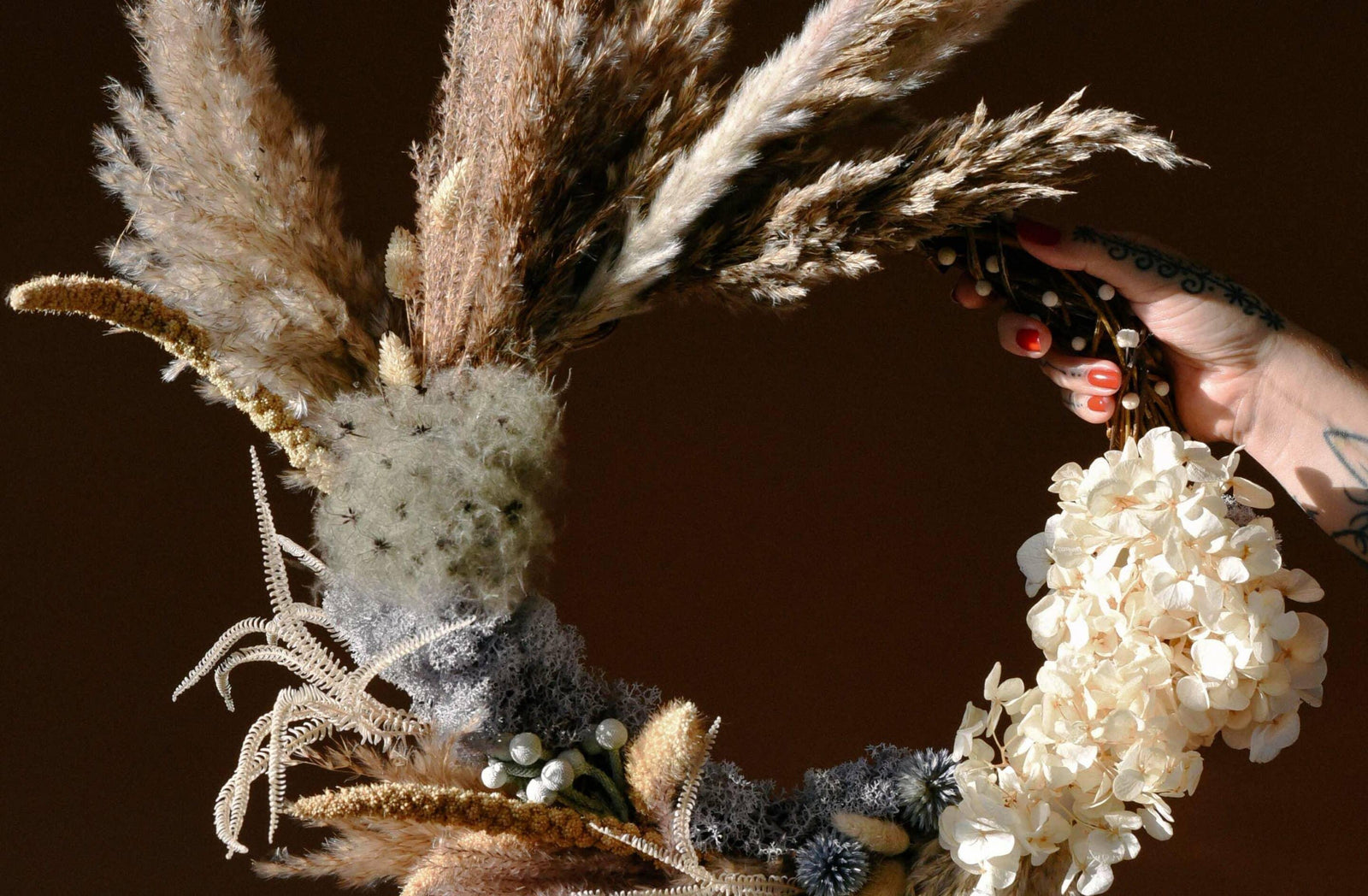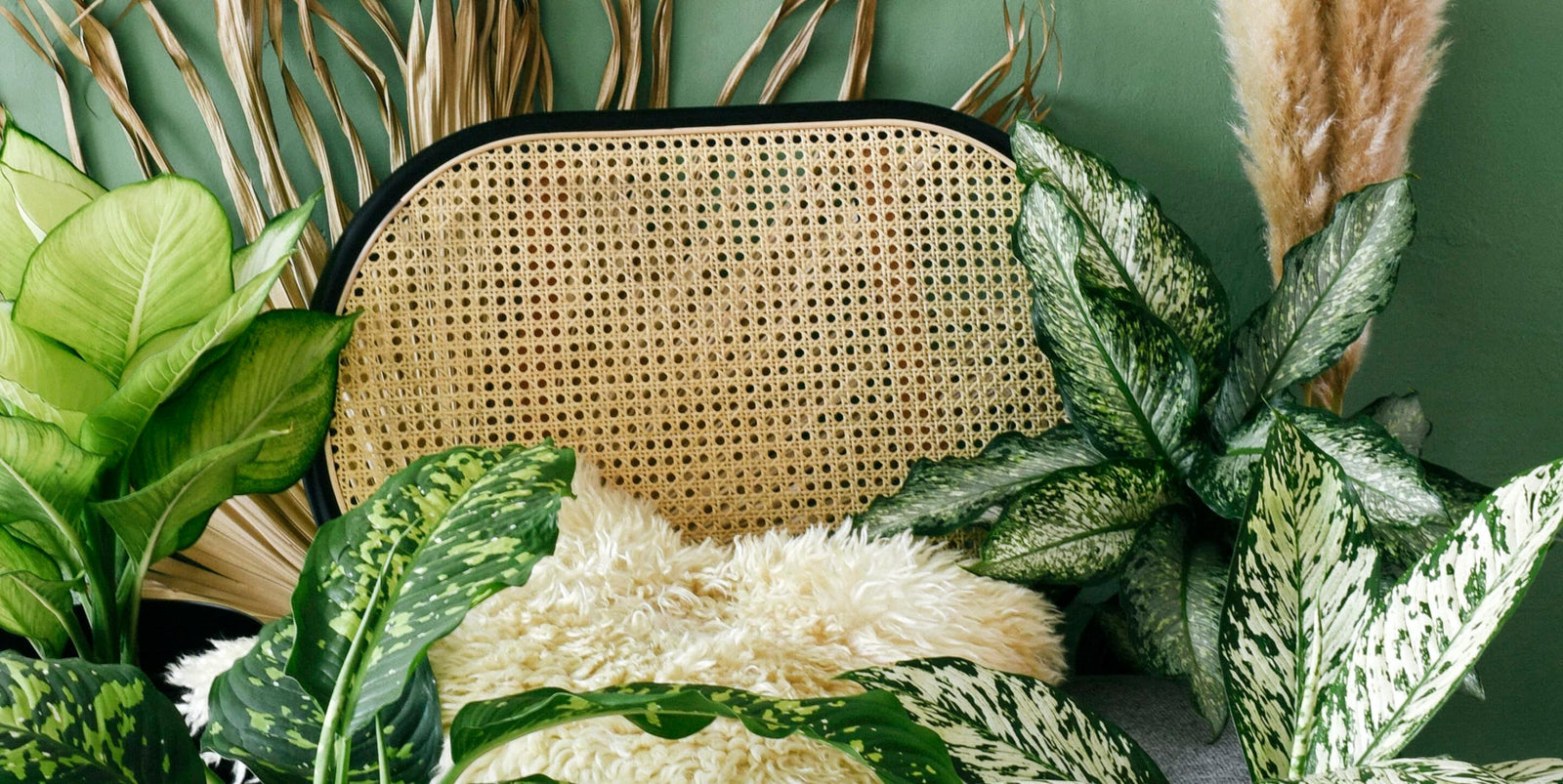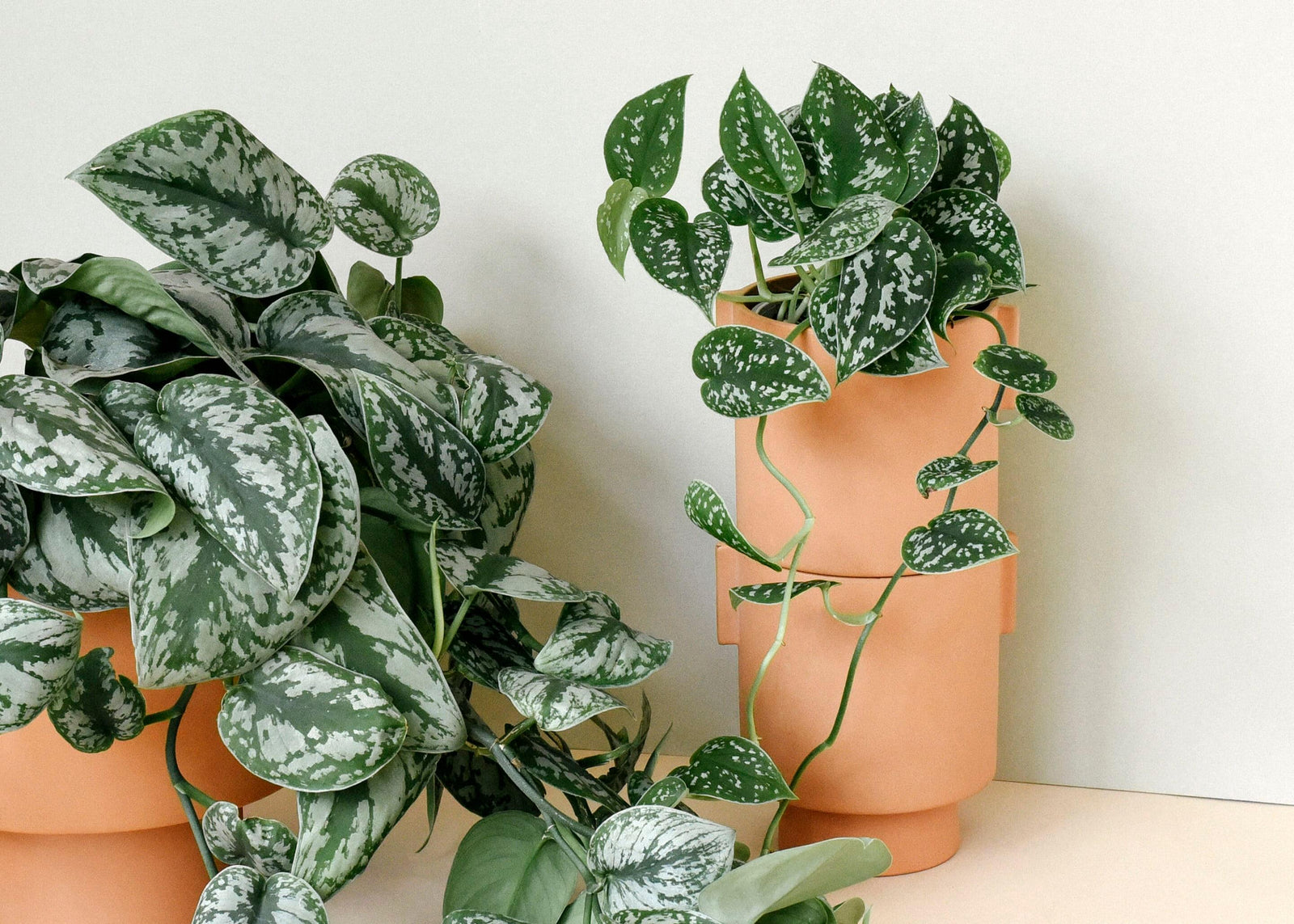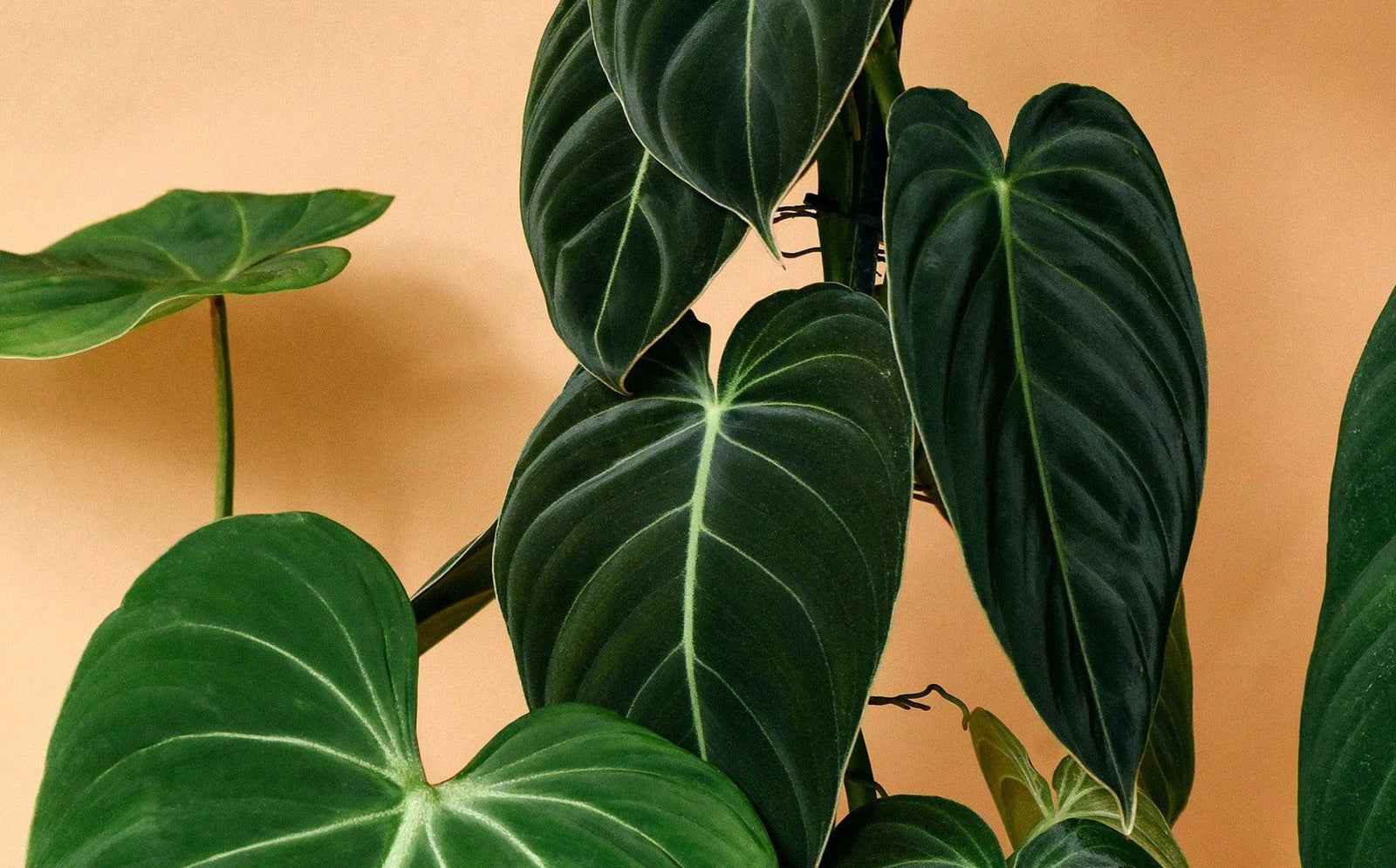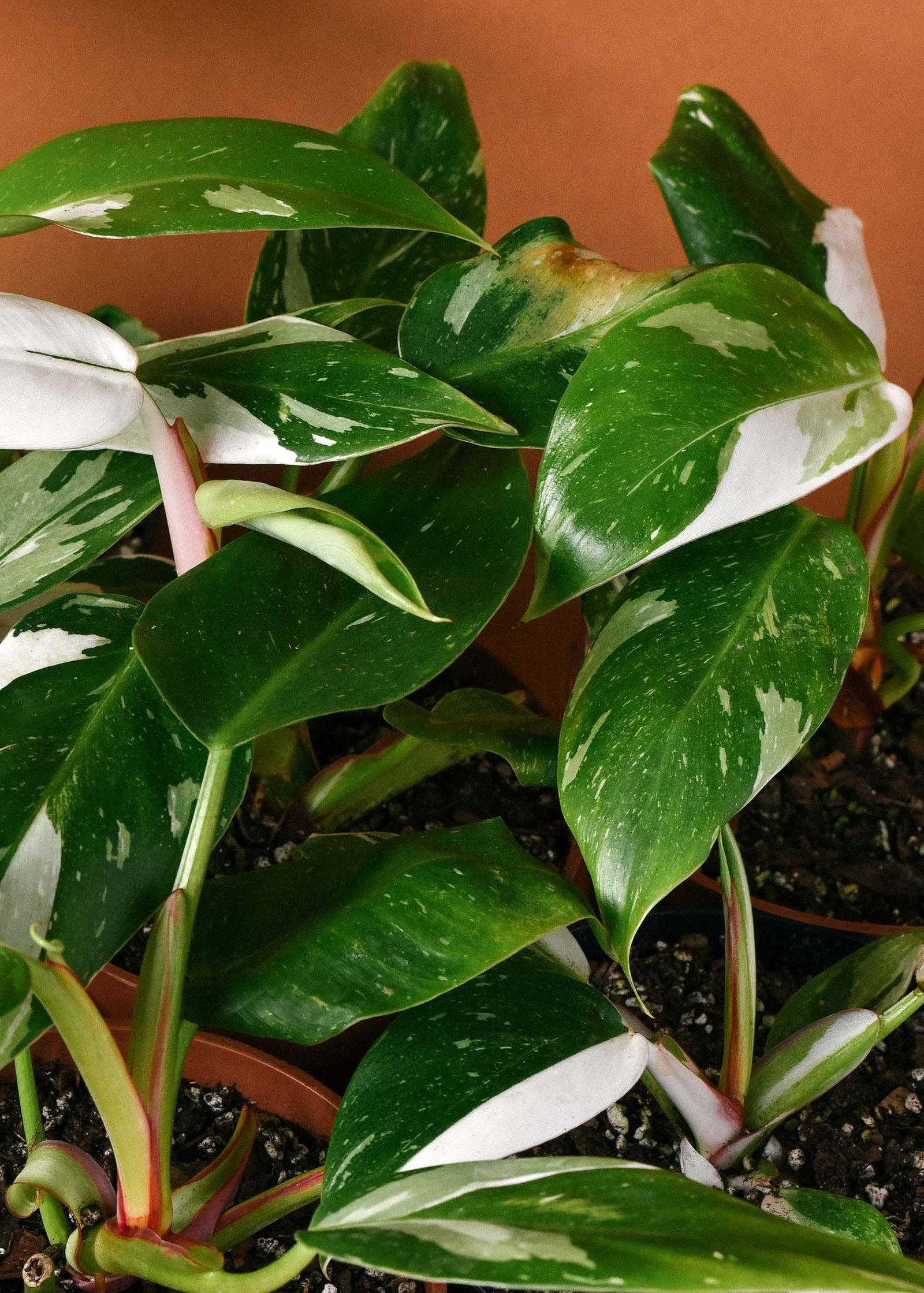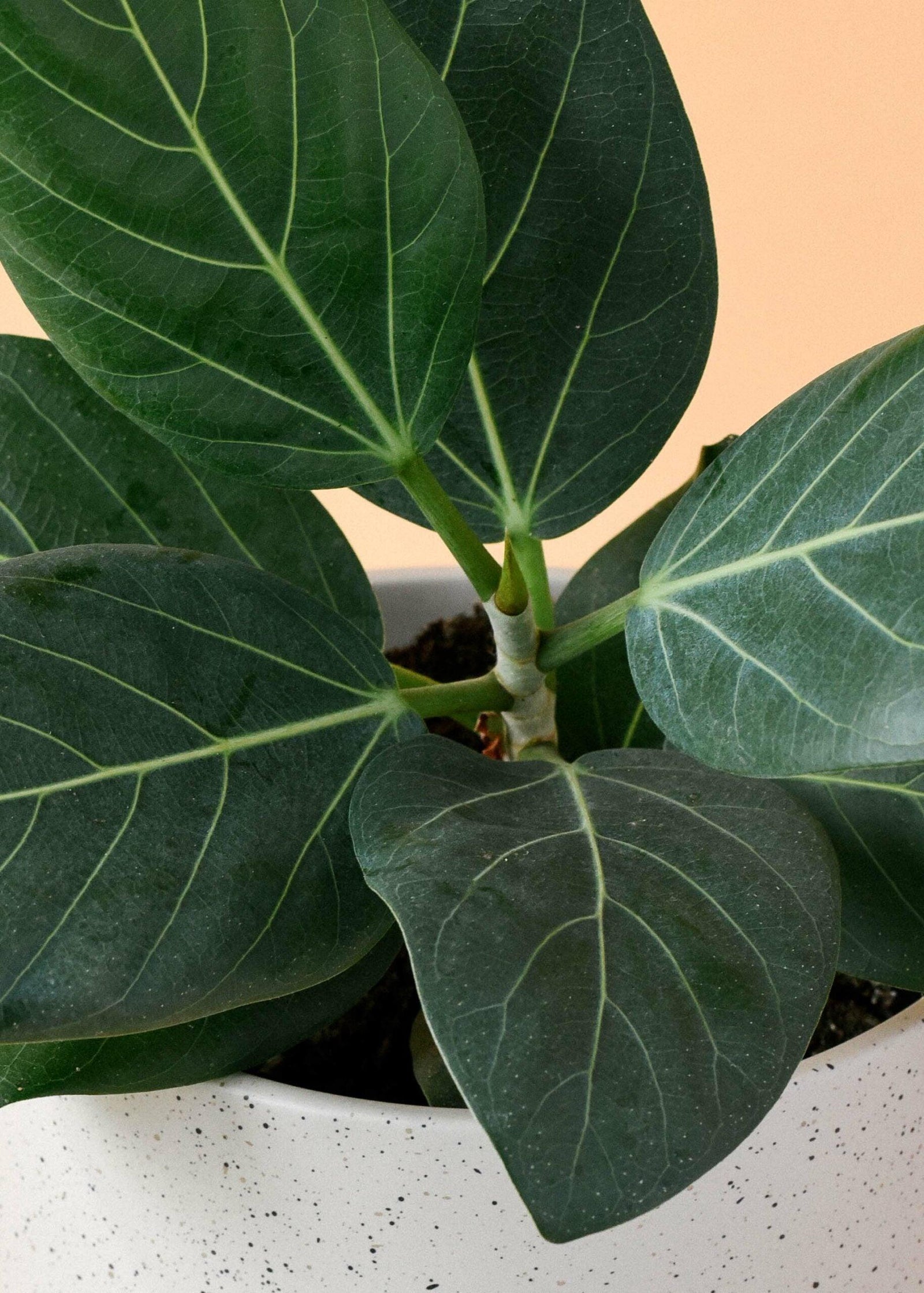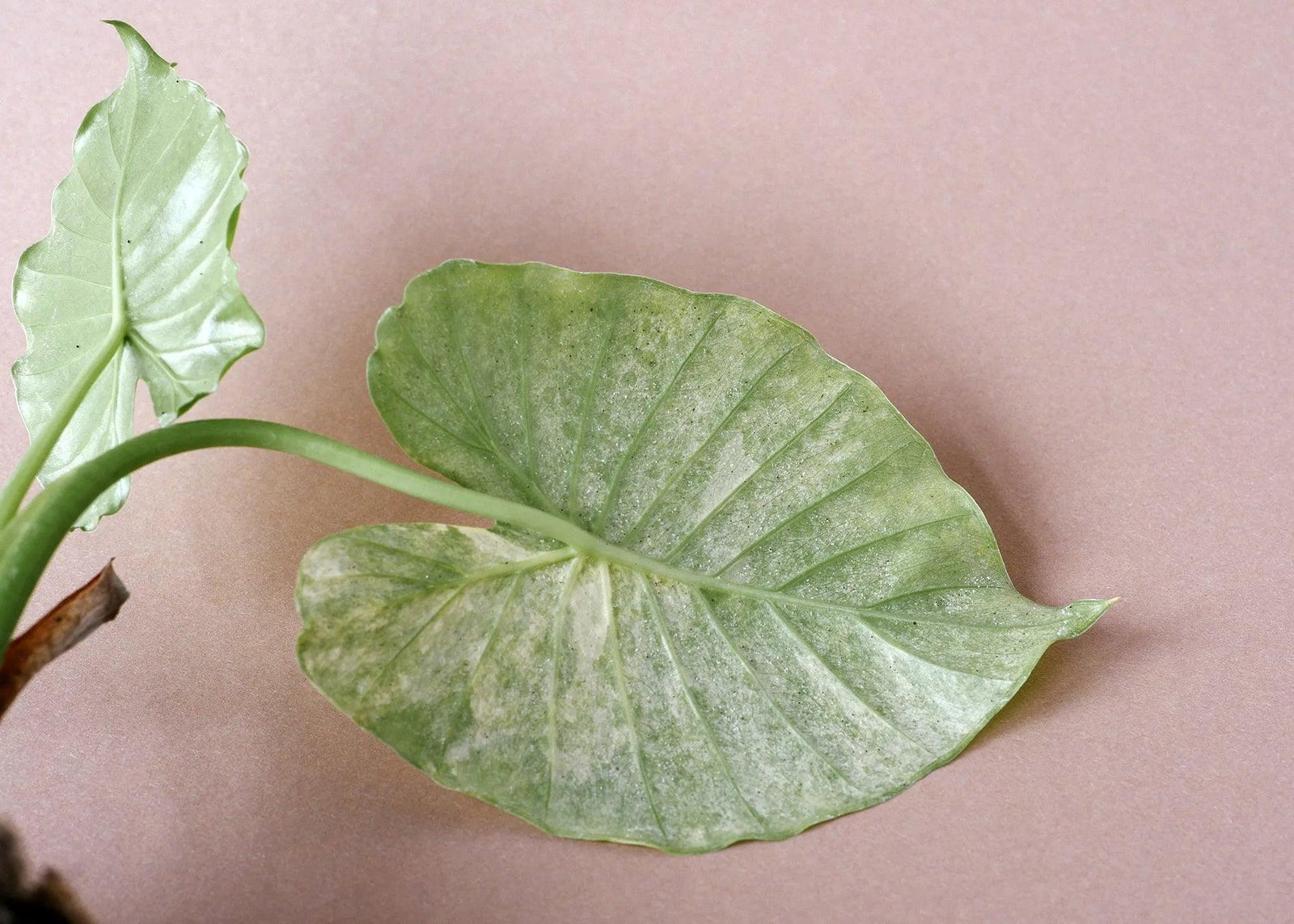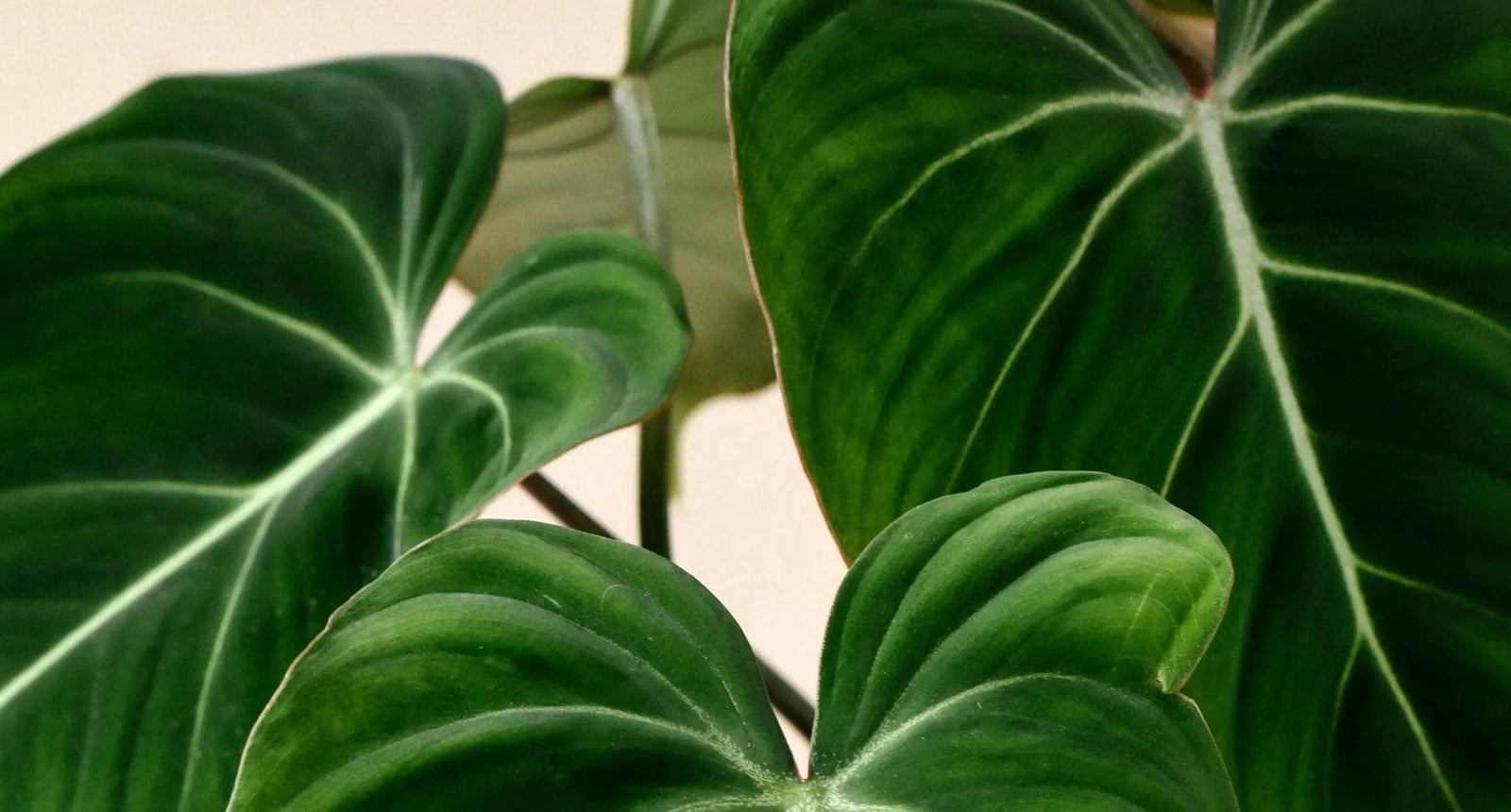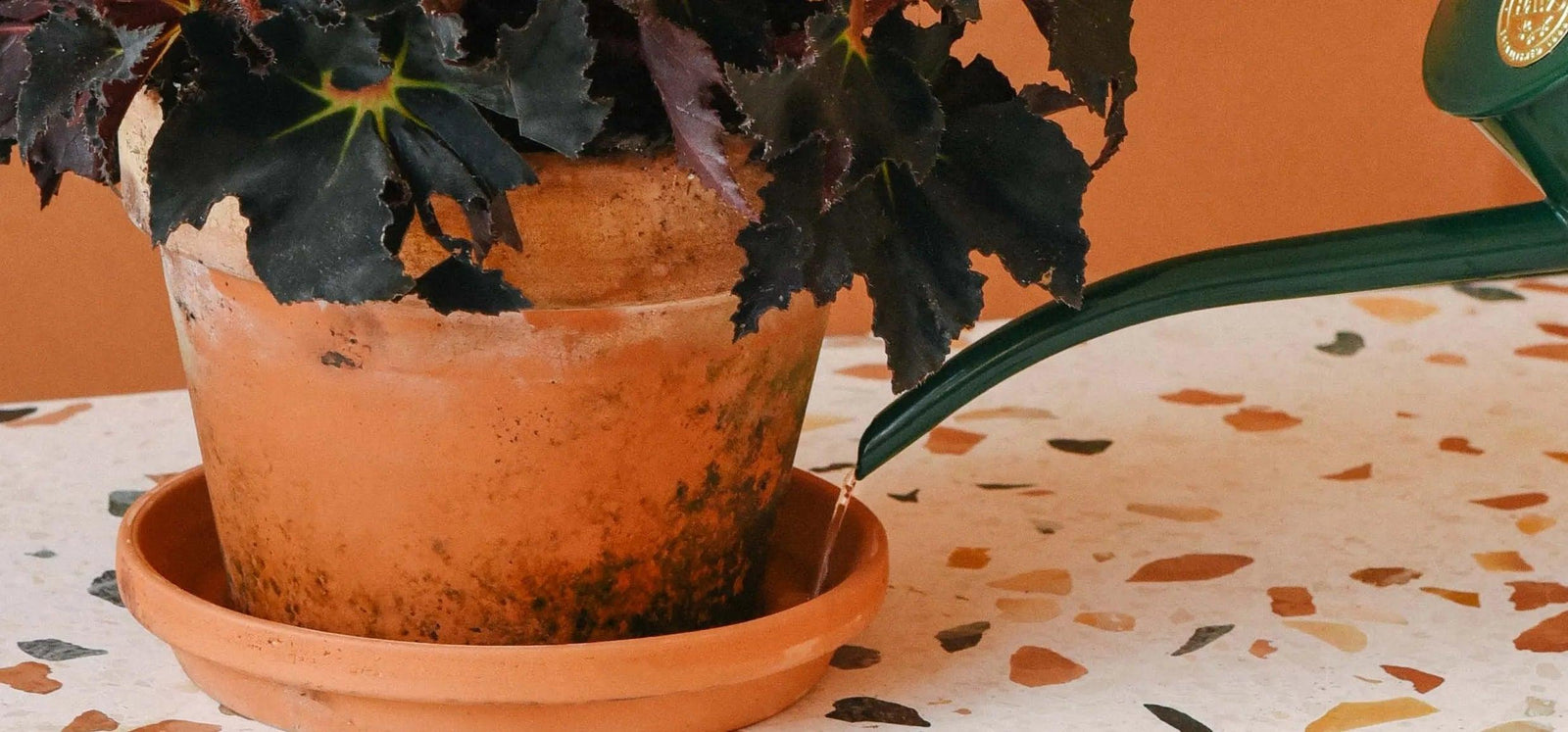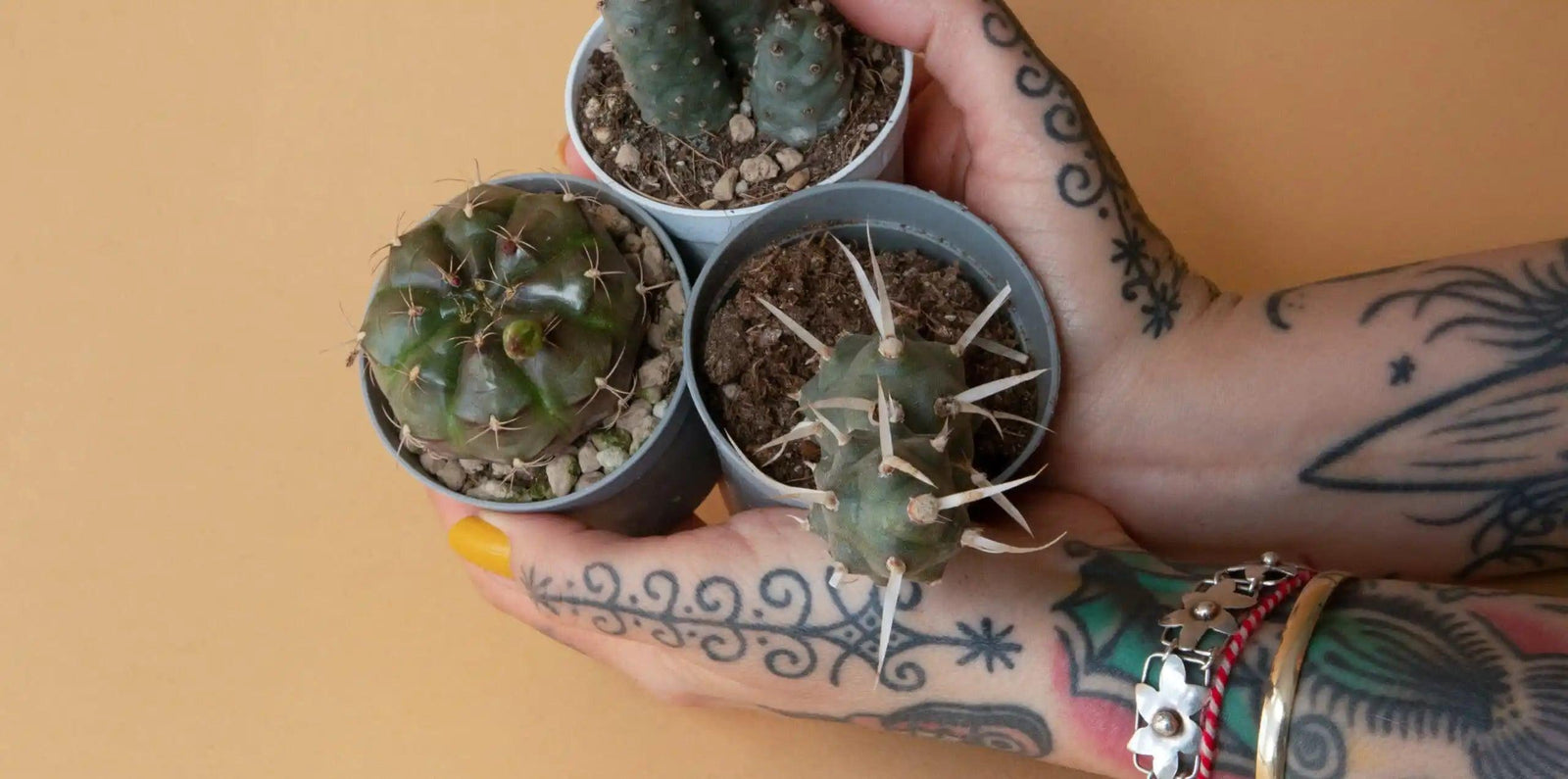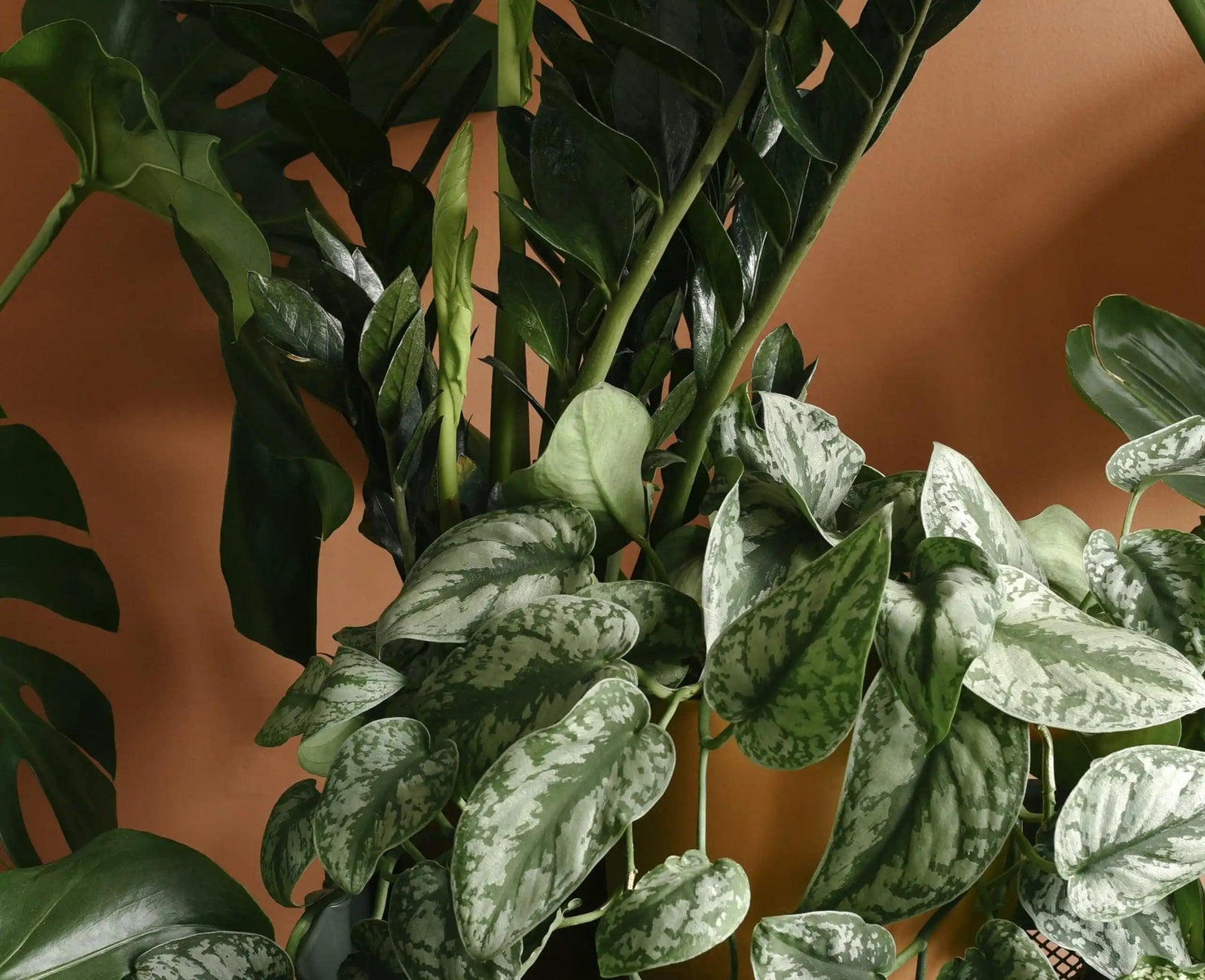Ein neuer Pflanzenbesitzer zu werden ist aufregend – kann aber auch überwältigend sein. Egal, ob Sie Ihre erste Pflanze kaufen oder einfach nur versuchen, eine am Leben zu erhalten – wir machen es Ihnen leichter. Wir bei Plant Circle glauben, dass jeder glückliche, gesunde Zimmerpflanzen züchten kann. Hier ist Ihr Leitfaden für Anfänger zur Pflanzenpflege mit den vier Grundlagen: Licht, Gießen, Erde & Dünger sowie Stress frühzeitig erkennen.
1. Licht: Welche Art braucht meine Pflanze?
Pflanzen brauchen Licht zum Überleben, aber nicht alle Pflanzen mögen dasselbe Licht. Hier finden Sie eine Kurzanleitung zum Verständnis der verschiedenen Lichtstärken und wie Sie feststellen können, welche bei Ihnen zu Hause vorhanden ist.
🌿 Lichtarten:
-
Schwaches Licht: Bereiche ohne direkte Sonneneinstrahlung. Räume mit nach Norden ausgerichteten Fenstern oder Stellen, die mehrere Meter vom Fenster entfernt sind.
-
Mittleres Licht: Helles, indirektes Licht. In der Nähe von Ostfenstern oder etwas weiter von einem Südfenster entfernt.
-
Helles direktes Licht: Sonnenlicht scheint mehrere Stunden lang direkt auf die Pflanze. Denken Sie an sonnige Fensterbänke, insbesondere solche, die nach Süden oder Westen ausgerichtet sind.
🪟 So erkennen Sie, welches Licht Sie haben:
-
Stellen Sie sich neben Ihre Pflanze und auf Augenhöhe. Müssen Sie blinzeln, wenn Sie in Richtung Licht schauen? Ist es hell genug, um bequem ein Buch zu lesen? Wenn nicht, ist es wahrscheinlich zu wenig Licht.
-
Trifft die Sonne tatsächlich auf den Boden oder die Wand? Das ist direktes Licht.
-
Wenn es hell ist, Sie aber keine grellen Sonnenstrahlen sehen, handelt es sich um mittleres oder indirektes Licht.
🌱 Gängige Pflanzen für jede Lichtstärke:
-
Schwaches Licht : Aglaonema, Zamioculcas, Bogenhanf, Pothos – perfekte , pflegeleichte Pflanzen
-
Mittleres (indirektes) Licht : Philodendron, Peperomia, Calathea
-
Helles direktes Licht : Sukkulenten, Geigenfeige, Kaktus
🔍 Tipp: Fragen Sie sich: „Wie viel Licht braucht meine Pflanze?“ und passen Sie dies an Ihren Platz an, bevor Sie Ihre Pflanze auswählen.
2. Gießen: Nicht zu viel, nicht zu oft
Einer der häufigsten Anfängerfehler ist Überwässerung – aber nicht auf die Art, die Sie vielleicht denken.
💧 Was ist Überwässerung wirklich?
Es kommt nicht darauf an, wie viel Wasser Sie Ihrer Pflanze geben. Es kommt darauf an, wie oft Sie es tun. Die meisten Zimmerpflanzen trocknen zwischen den Wassergaben gerne etwas aus.
-
Testen Sie mit Ihrem Finger die oberen 2–5 cm der Erde. Wenn sie trocken ist, ist es Zeit zu gießen.
-
Überschüssiges Wasser immer aus dem Topf oder Untersetzer ausleeren – keine durchnässten Wurzeln!
🚱 Anzeichen von Überwässerung:

-
Vergilbende Blätter
-
Matschige Stiele
-
Trauermücken
🔄 Lassen Sie sich vom Boden leiten, nicht vom Kalender!
Weitere Informationen zum Gießen finden Sie in unserem Blogbeitrag: So gießen Sie Ihre Pflanzen !
3. Pflanzenstress erkennen und beheben
Selbst hochwertige, seltene Zimmerpflanzen können beim Umzug in ein neues Zuhause Stresssymptome zeigen. Ihre Aufgabe? Achten Sie auf die Anzeichen und nehmen Sie kleine Änderungen vor.
🔥 Zu viel Licht:
-
Gebleichte oder knusprige Blätter
-
Stellen Sie Ihre Pflanze weiter vom Fenster weg oder bringen Sie einen durchsichtigen Vorhang an.
🌑 Nicht genug Licht:
-
Langbeiniger Wuchs, kleine neue Blätter
-
Versuchen Sie, sie an einen helleren Ort zu stellen oder die Pflanze wöchentlich zu drehen.
💦 Zu viel Wasser:
-
Gelbe, weiche Blätter, Geruch nach Wurzelfäule
-
Lassen Sie die Erde zwischen den Wassergaben stärker austrocknen.
🏜️ Nicht genug Wasser:
-
Hängende, trockene, knusprige Blätter
-
Gießen Sie gründlich und überprüfen Sie regelmäßig die Bodenfeuchtigkeit.
🪳 Schädlinge – Sehen Sie sich unsere Schädlingsratgeber an !
- Wenn andere Faktoren günstig sind, können vergilbende Blätter, klebrige Rückstände, Spinnweben und anhaltendes Wachstum Anzeichen dafür sein, dass kleine Ungeziefer die Kraft Ihrer Pflanze aussaugen.
- Achten Sie auf winzige Spinnweben am Rand der Blätter (Spinnmilben) – insbesondere bei Alocasia
- Winzige Thripse hemmen das Pflanzenwachstum und führen dazu, dass die neuen Blätter bereits gelblich austreiben. Bestätigen Sie dies, indem Sie die winzigen blassen weißen Teufelchen auf der Unterseite Ihrer Blätter sehen.
🧠 Beobachtung ist das beste Werkzeug zur Pflanzenpflege, das Sie haben.
4. Boden und Nahrung: Was Ihre Pflanze isst, ist wichtig
🌱 Boden: Warum es zu Hause anders ist
In der Gärtnerei gedeihen die Pflanzen in warmen, feuchten Gewächshäusern mit perfektem Licht. Deshalb können sie in dichtem, kompaktem Boden überleben.
Bei Ihnen zu Hause? Nicht so sehr. Eine grobe, gut durchlässige Erdmischung ist am besten.
-
Verwenden Sie eine für Ihre Pflanzenart geeignete Erde (z. B. Aronstabmischung für Philodendron).
-
Fügen Sie Perlite, Rinde oder Bimsstein für eine bessere Luftzirkulation hinzu
-
Vermeiden Sie verdichtete Gartenerde in Töpfen
🍽️ Pflanzennahrung: Wann und wie man füttert
-
Die meisten Zimmerpflanzen profitieren von der Fütterung im Frühling und Sommer
-
Verwenden Sie einmal im Monat einen ausgewogenen, wasserlöslichen Dünger
-
Im Winter ruhen die meisten Pflanzen – verzichten Sie auf die Nahrung
🌟 Profi-Tipp: Ihr Philodendron gedeiht während des aktiven Wachstums in einer groben Erdmischung und einer leichten monatlichen Düngung!



